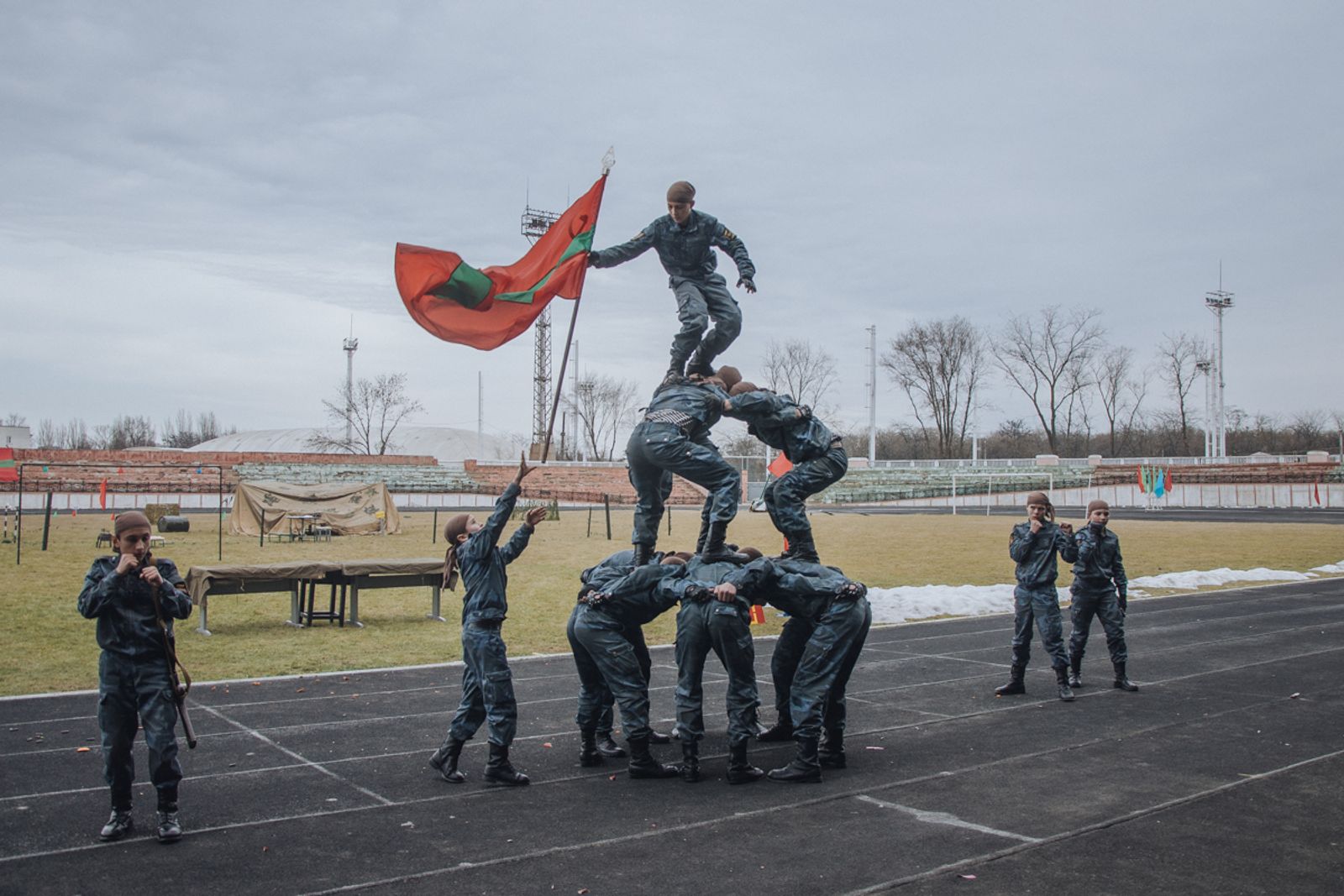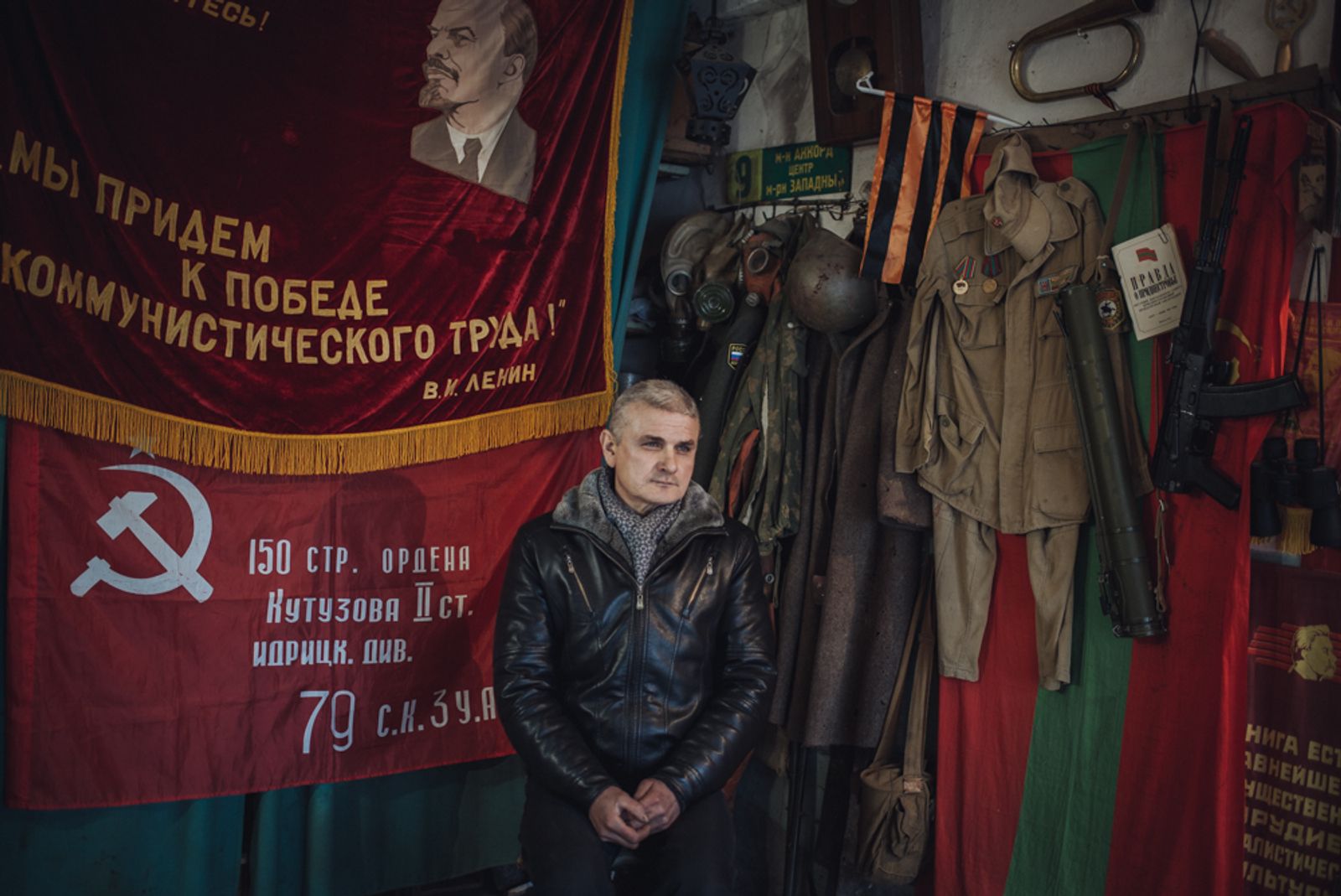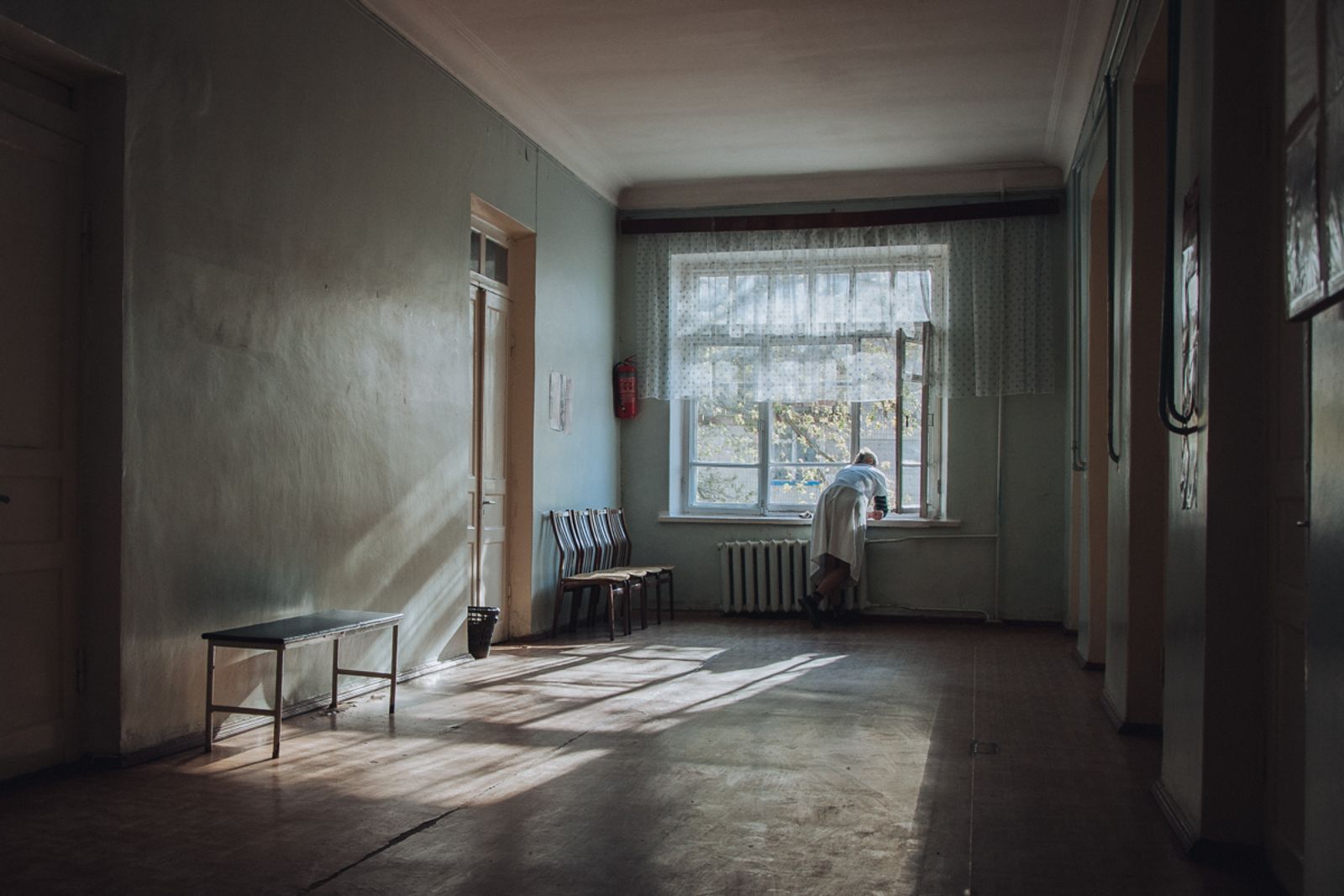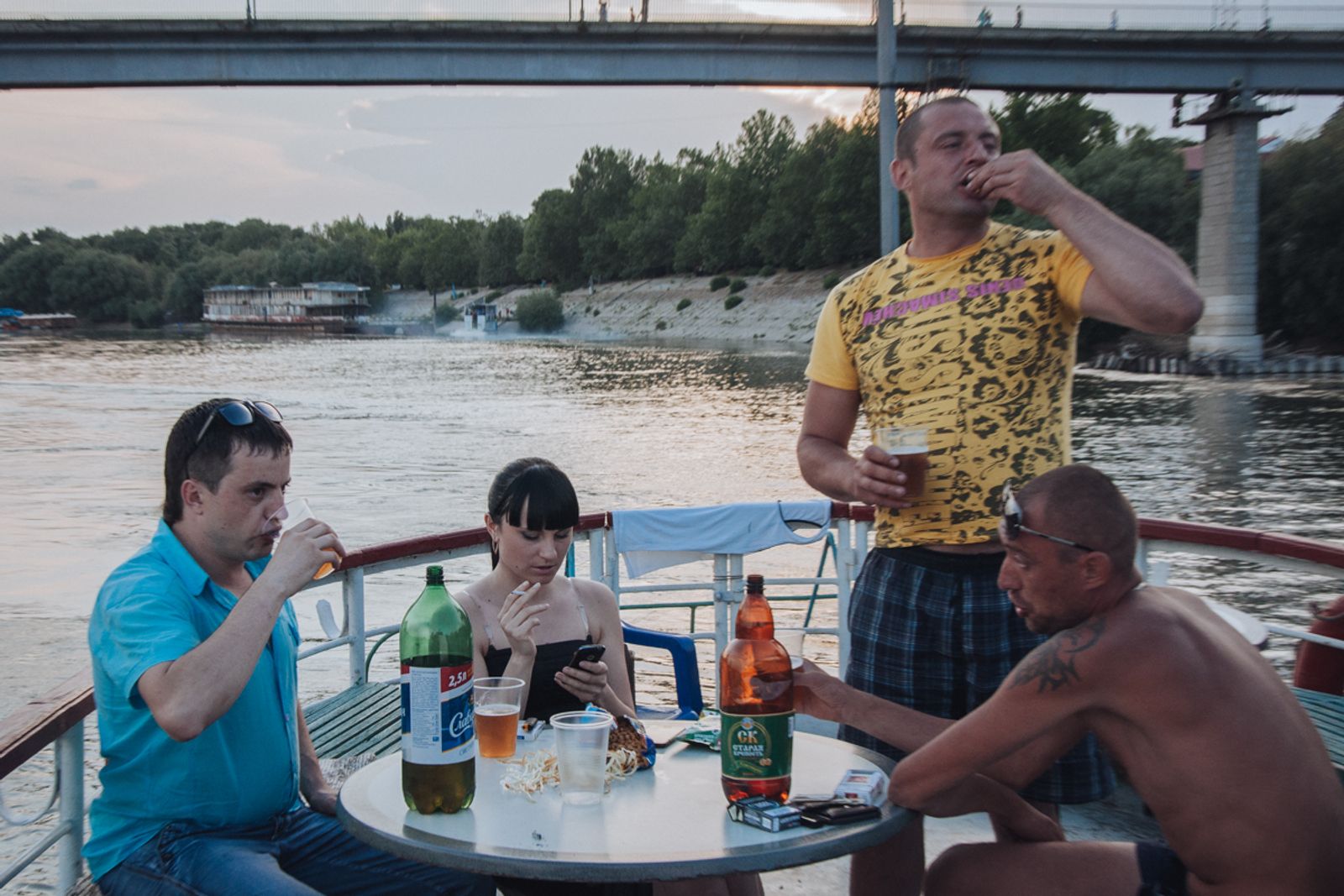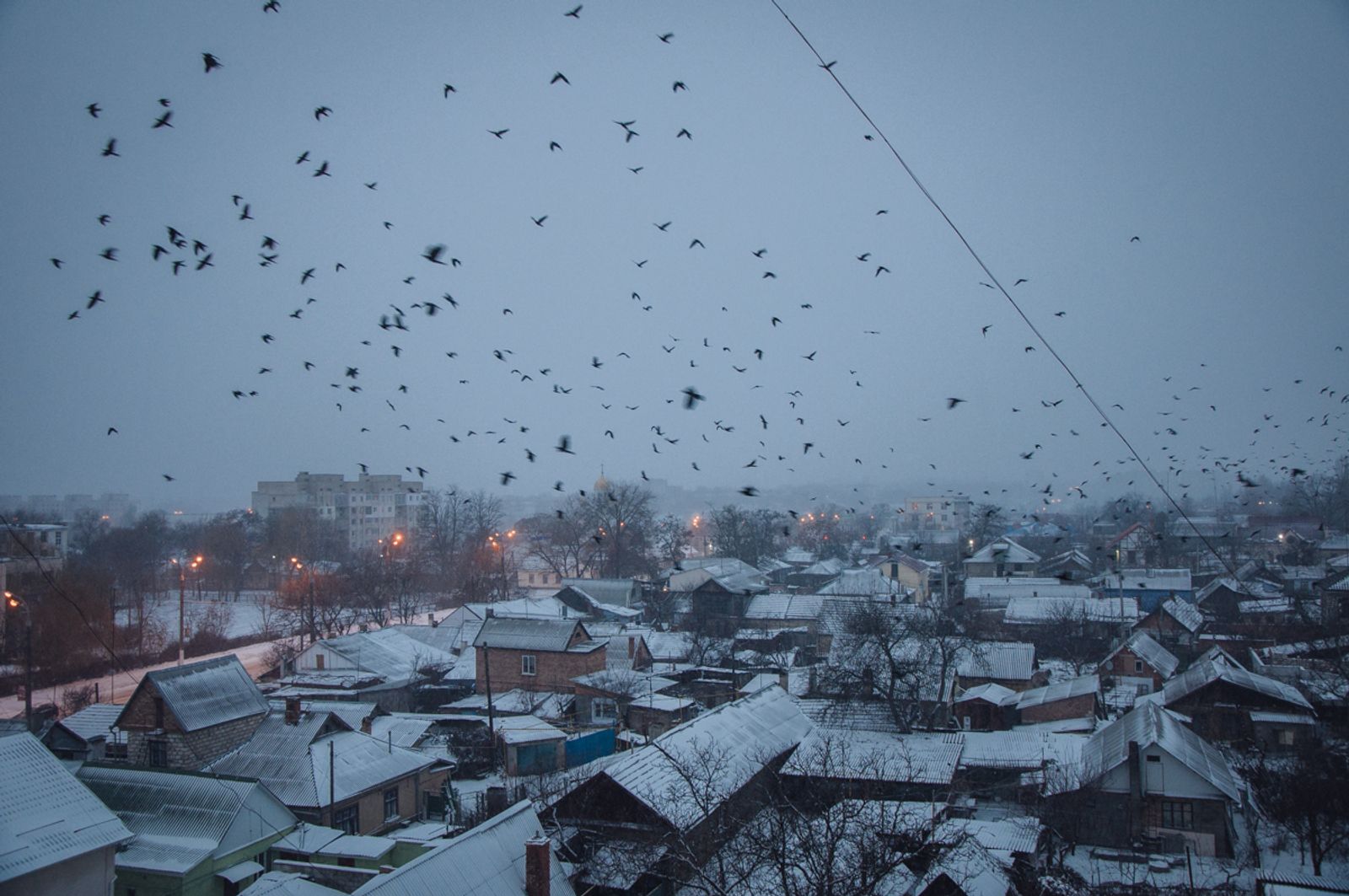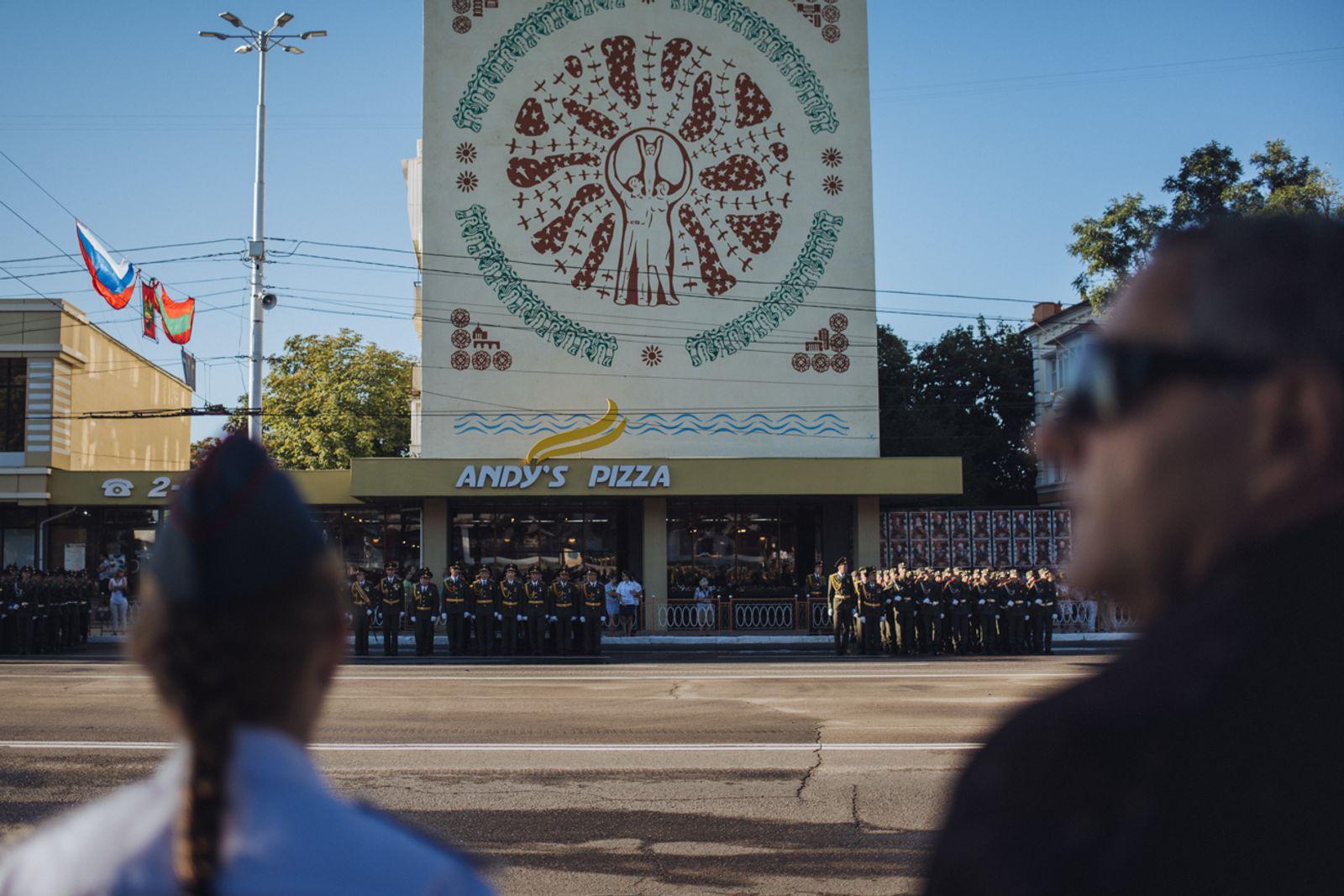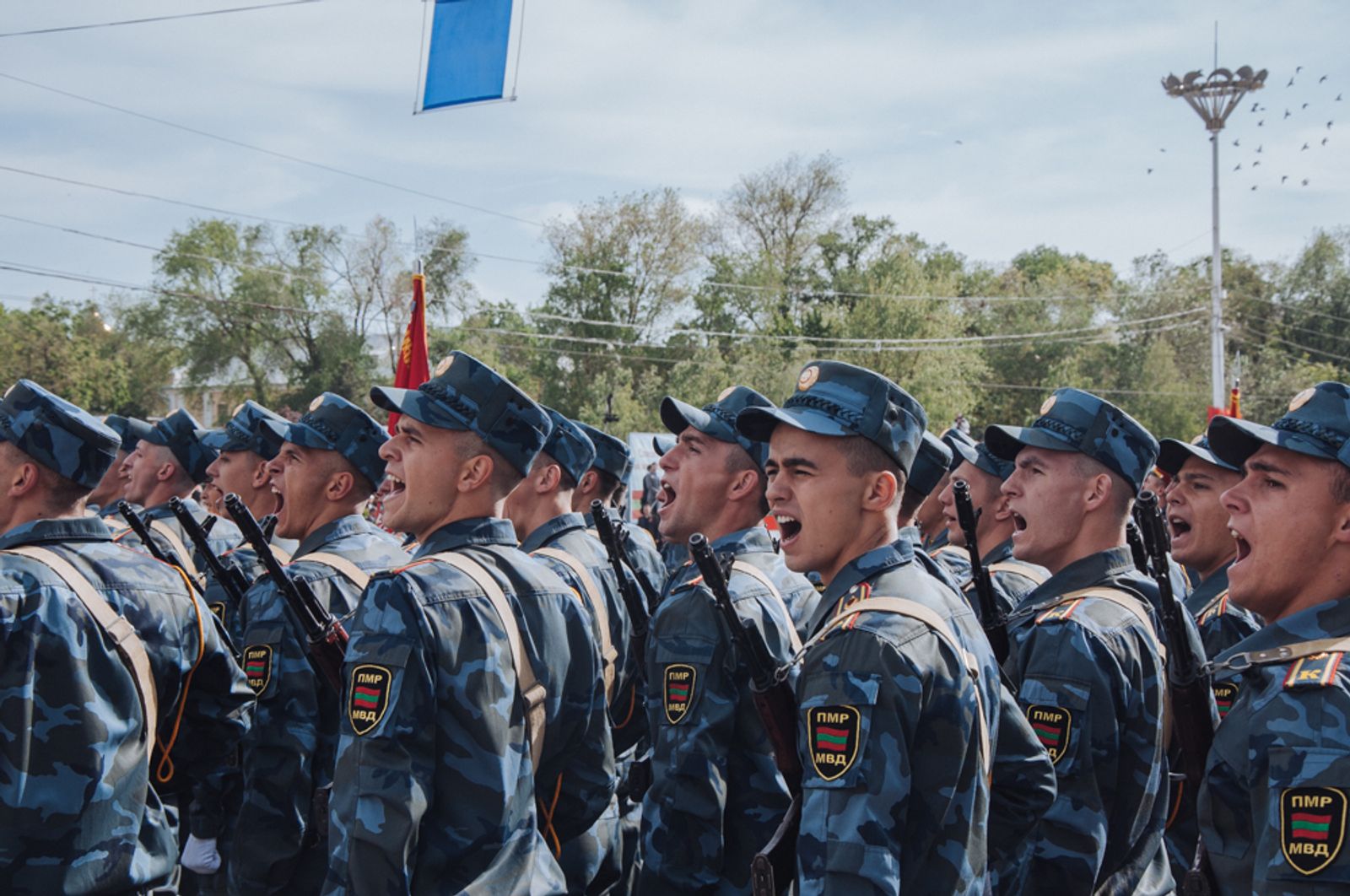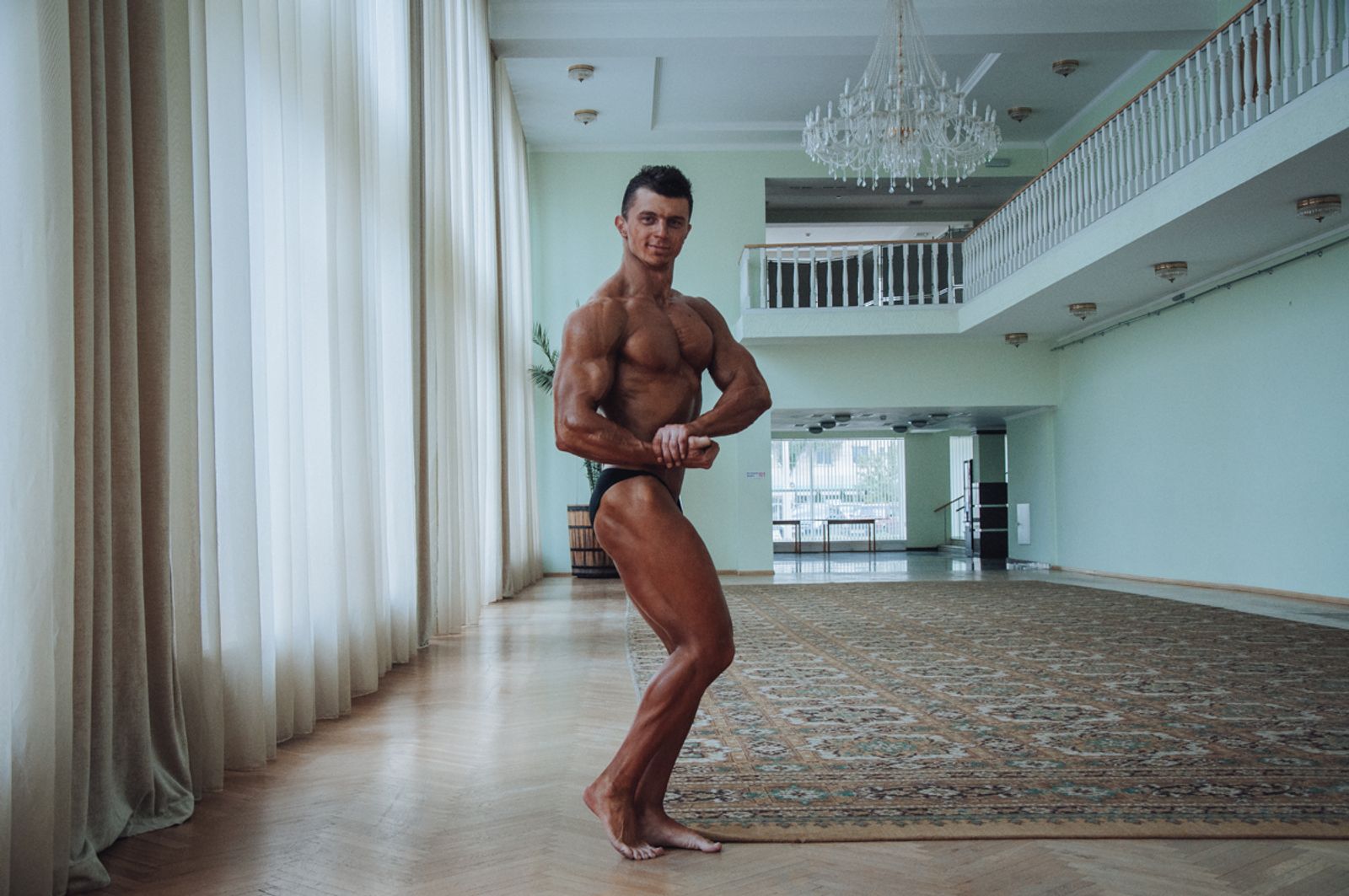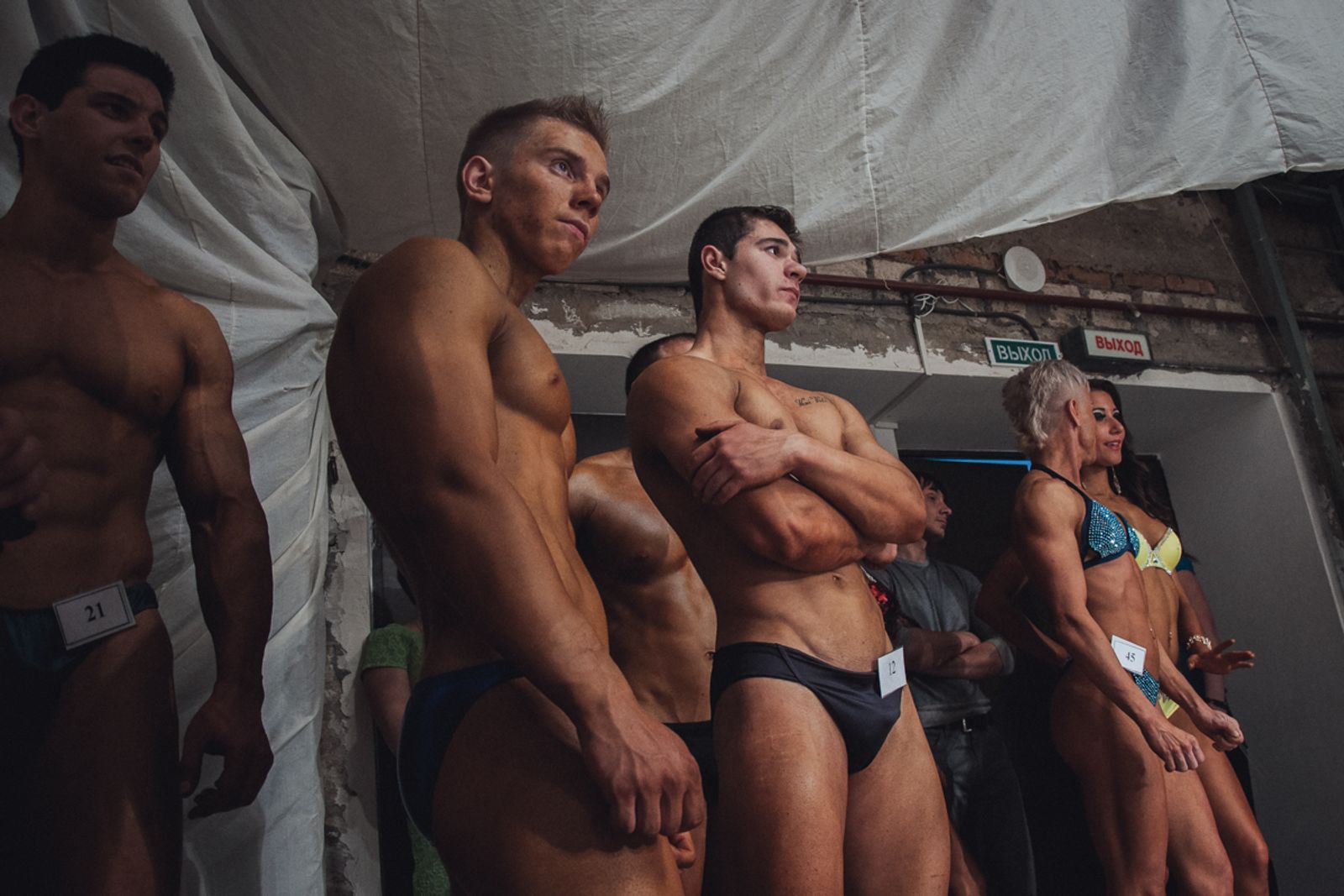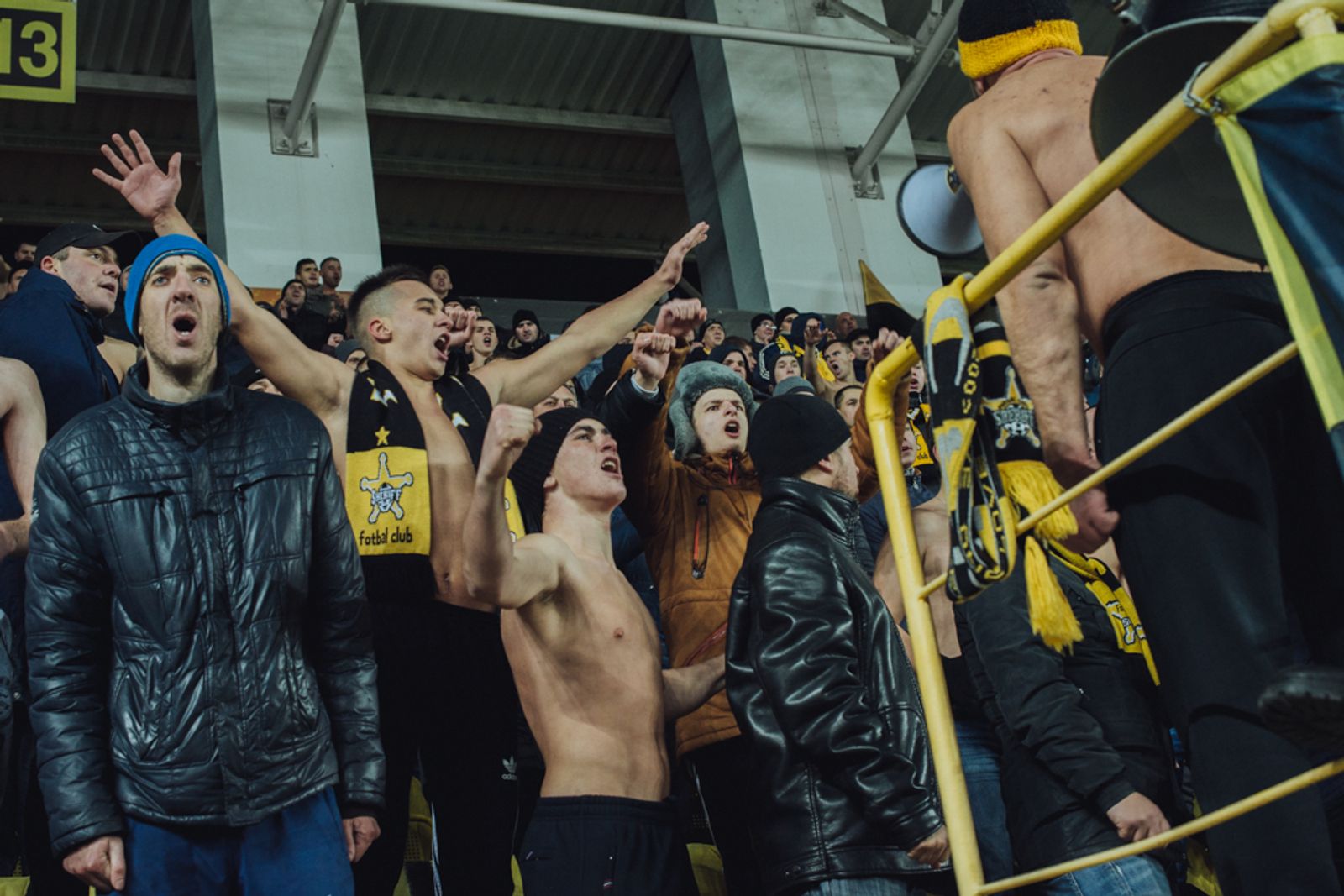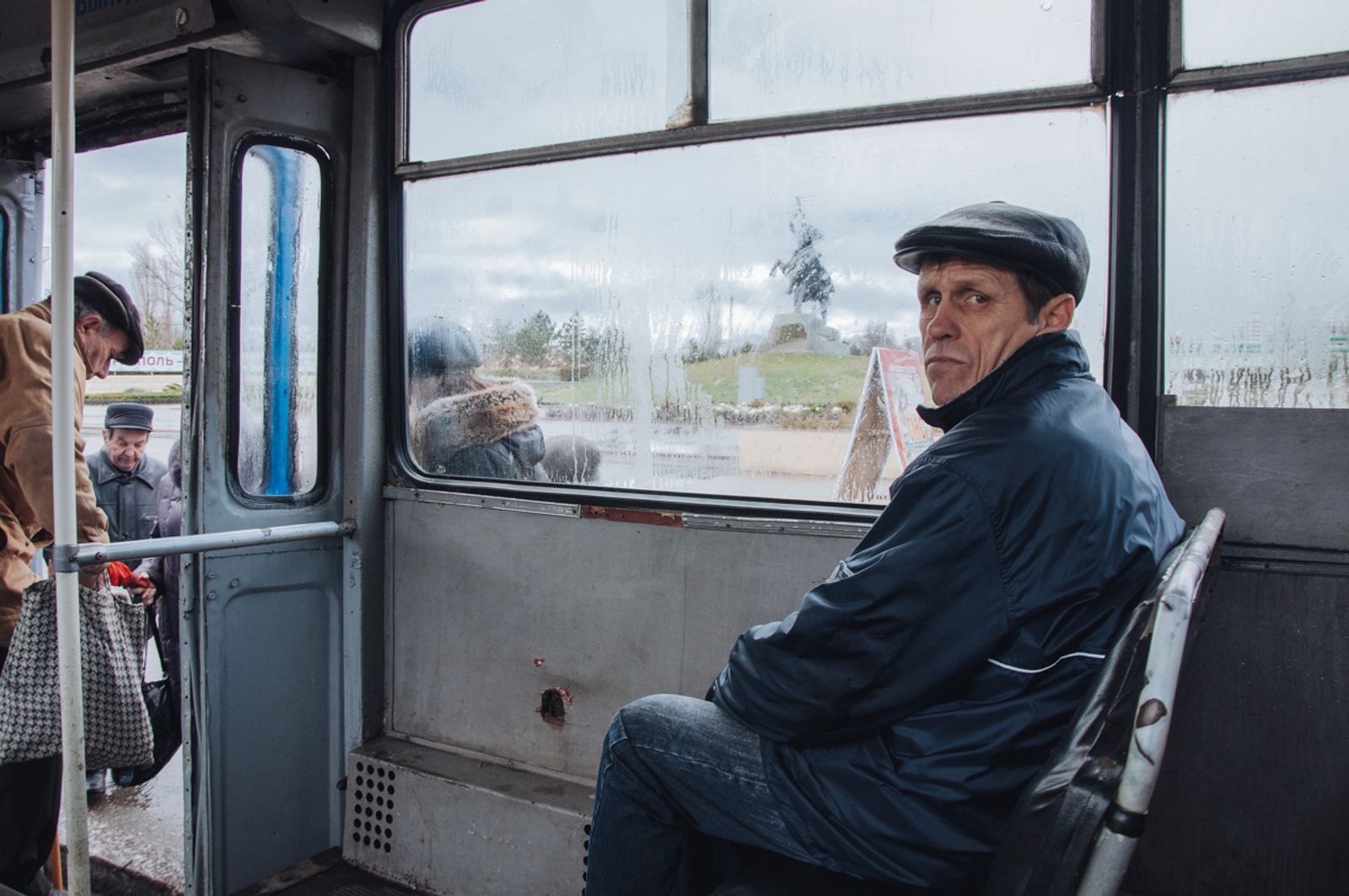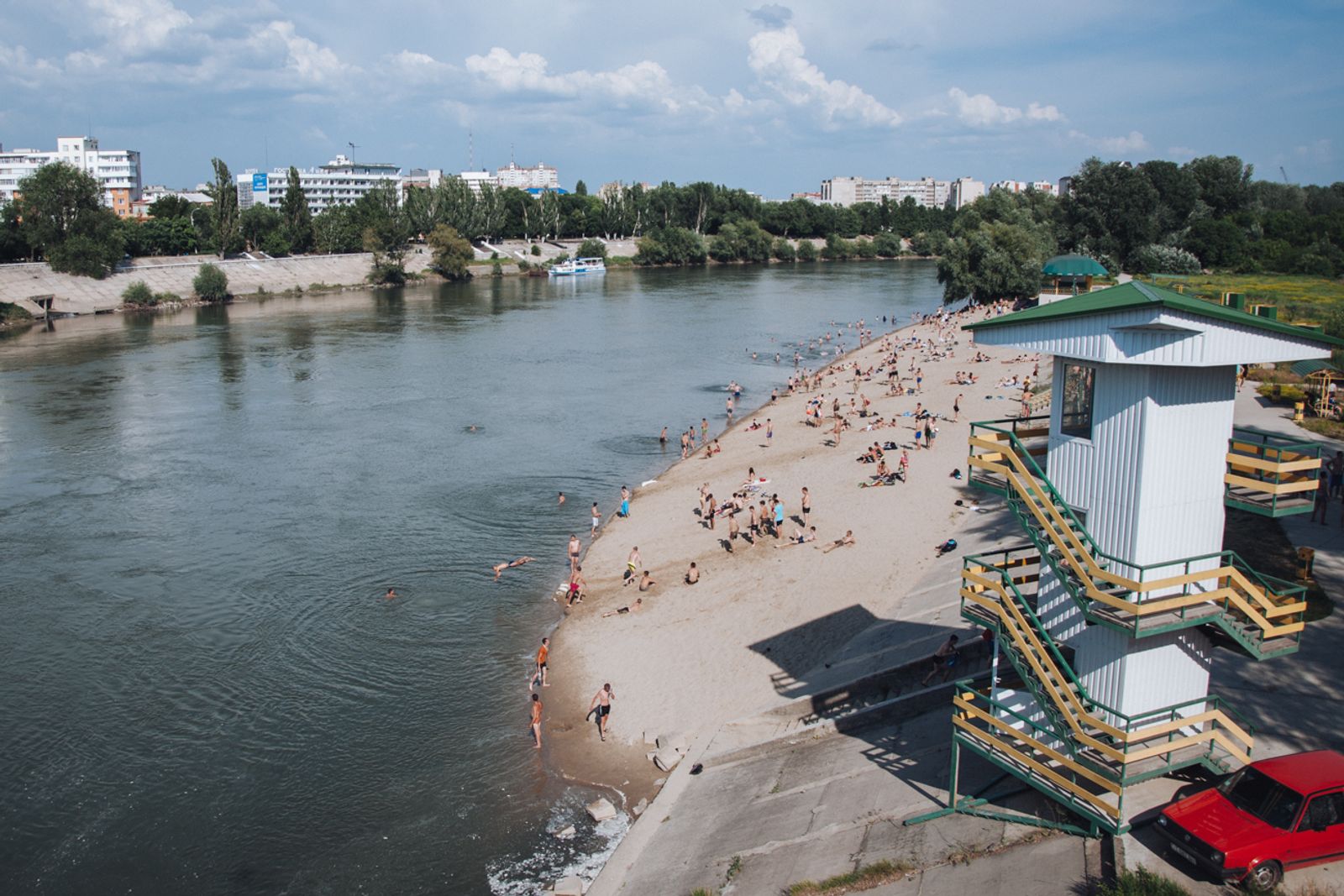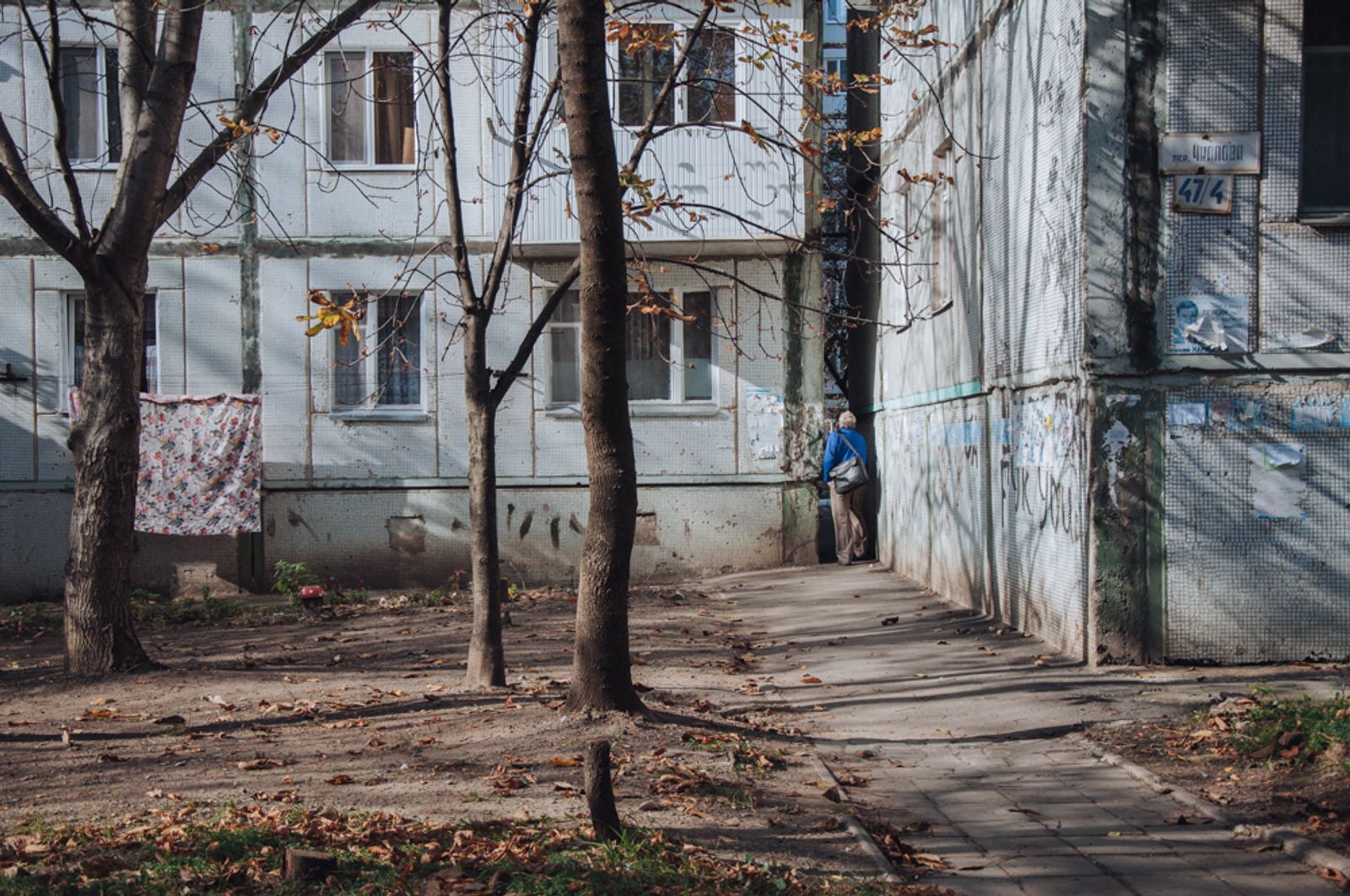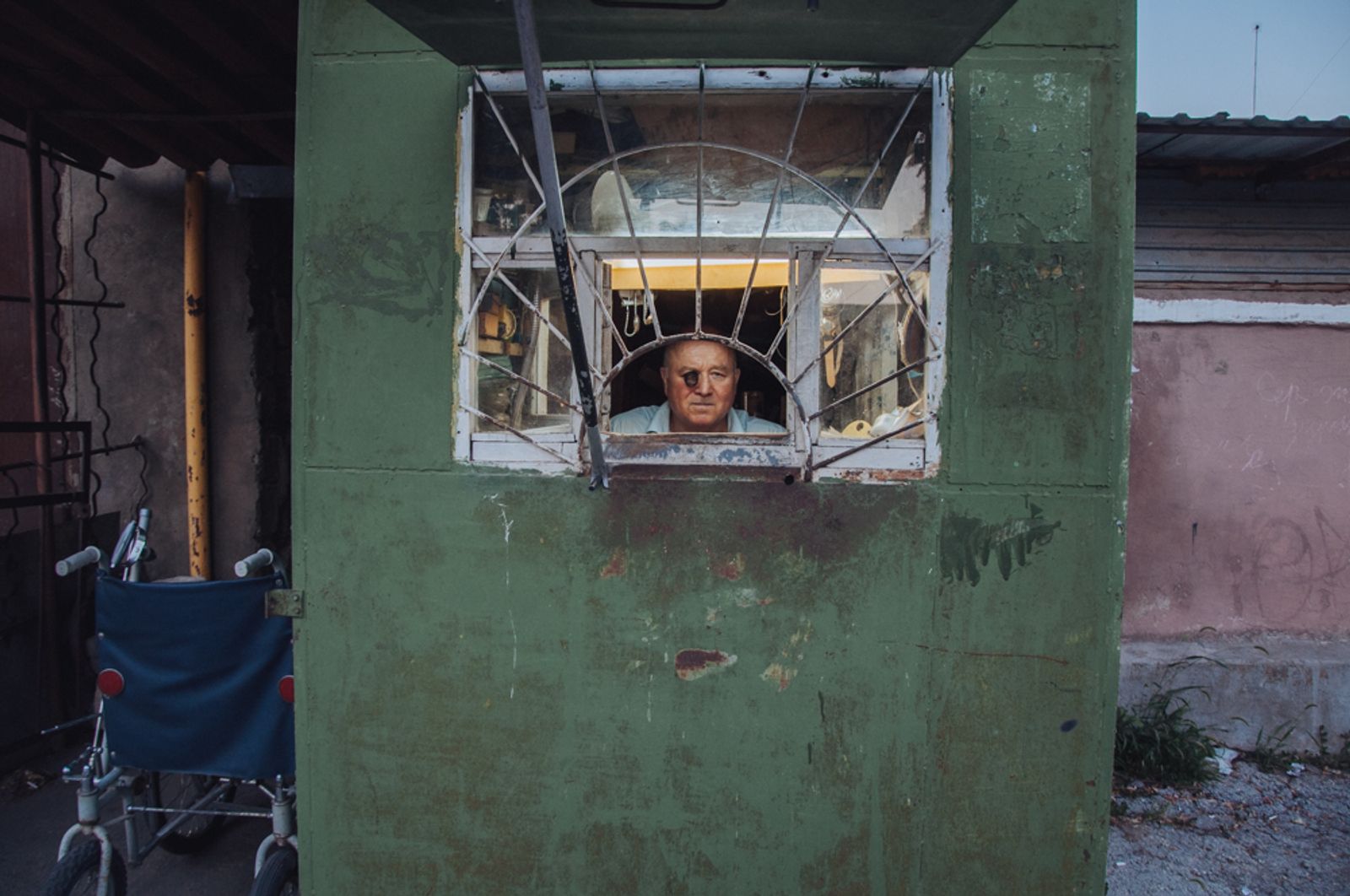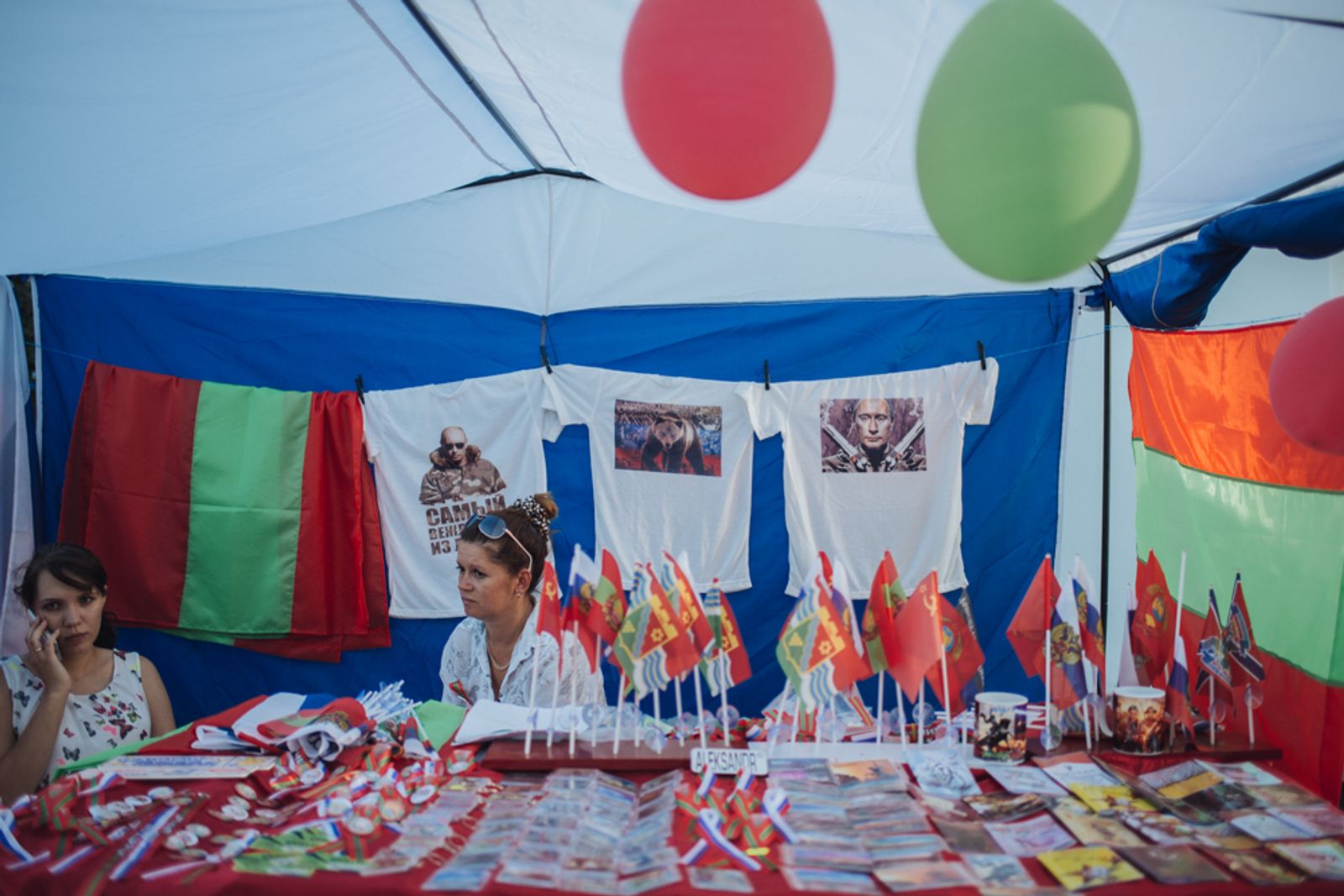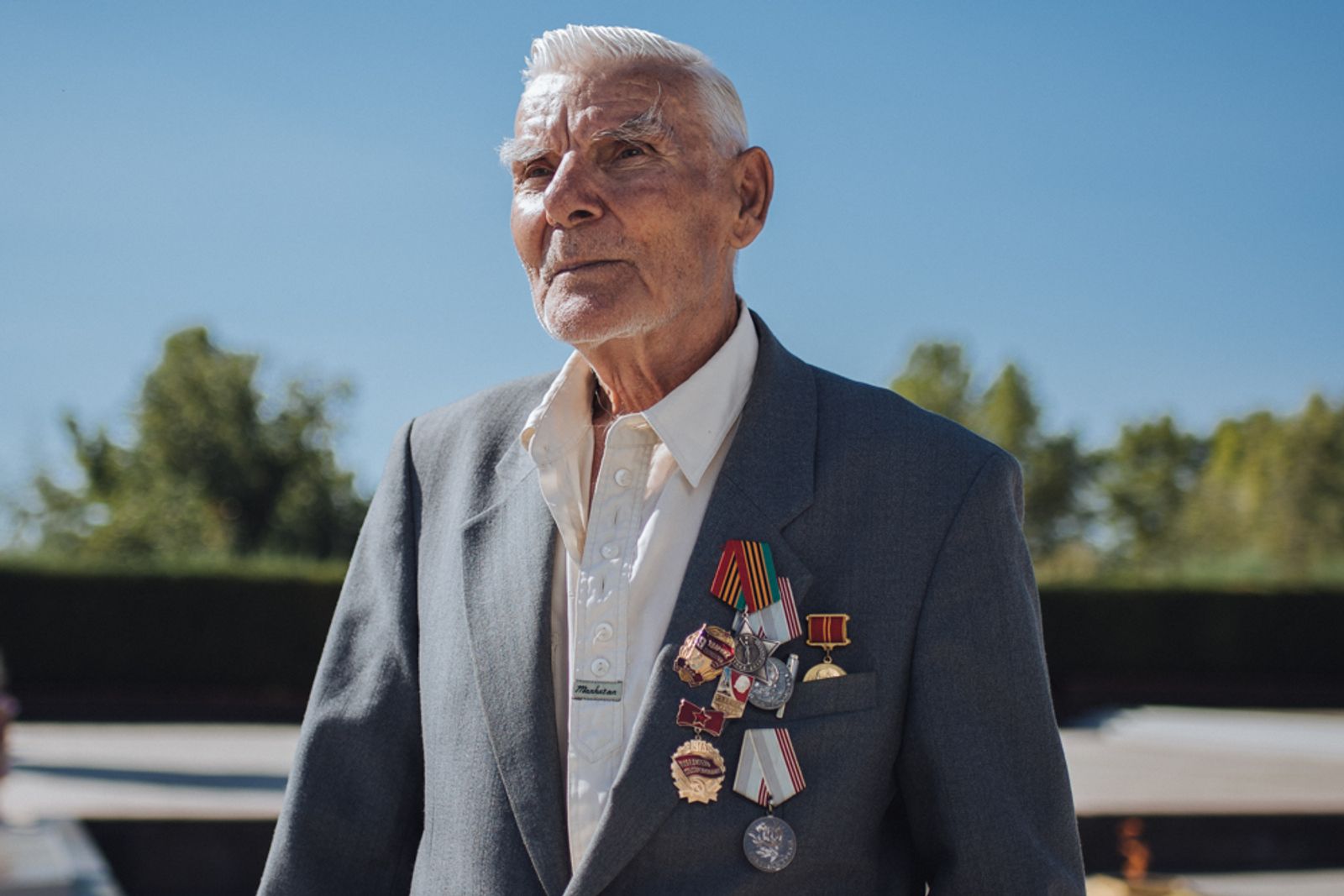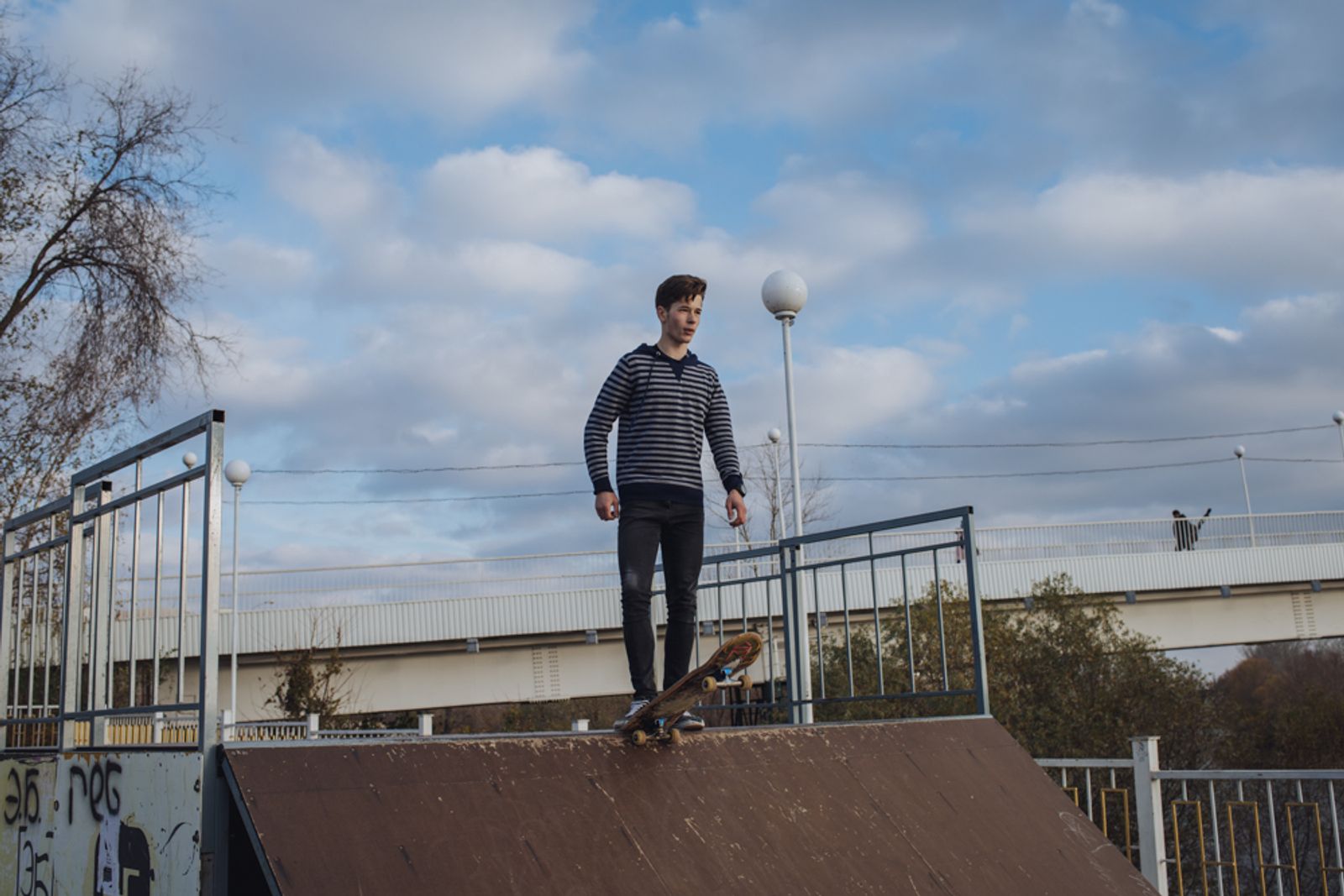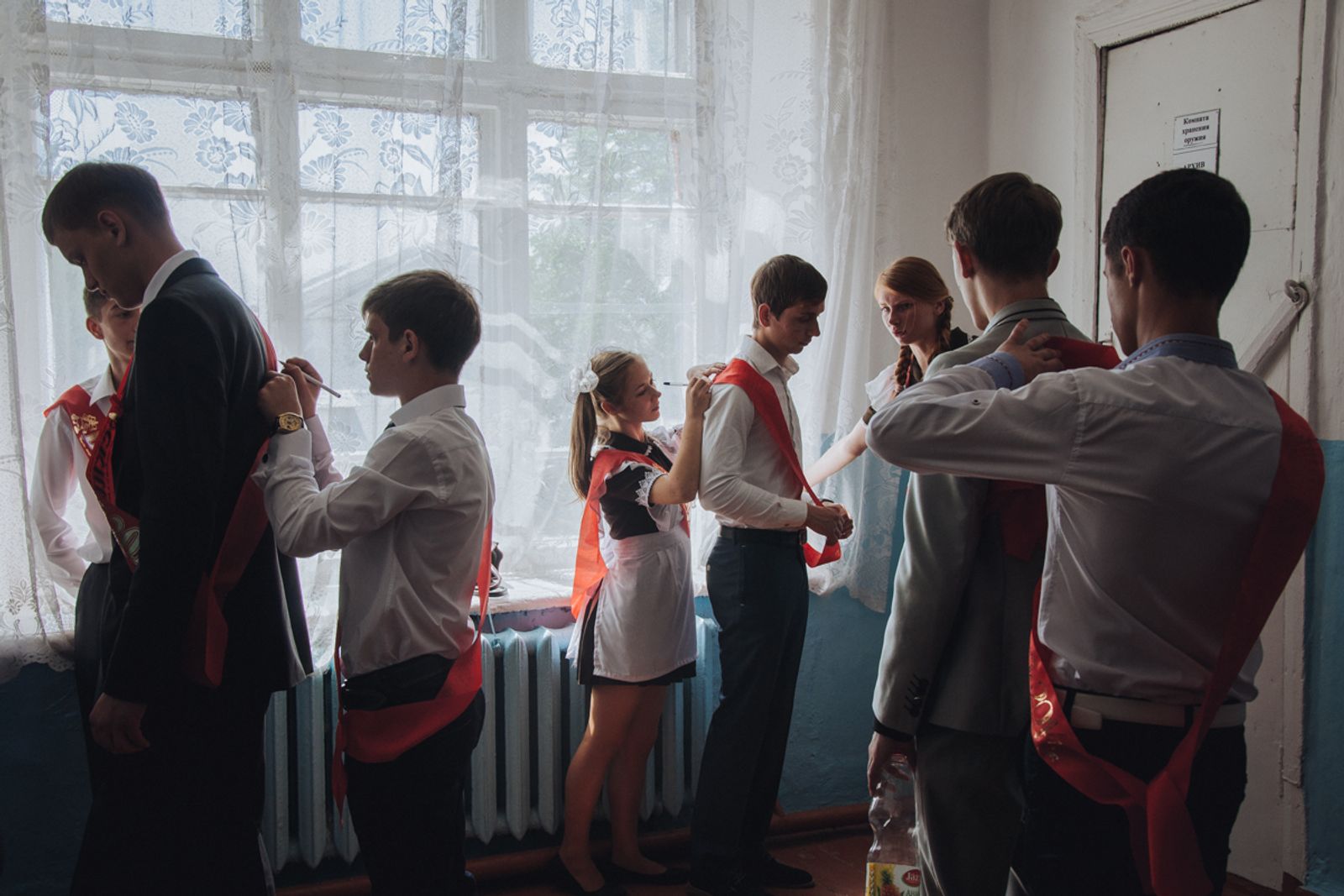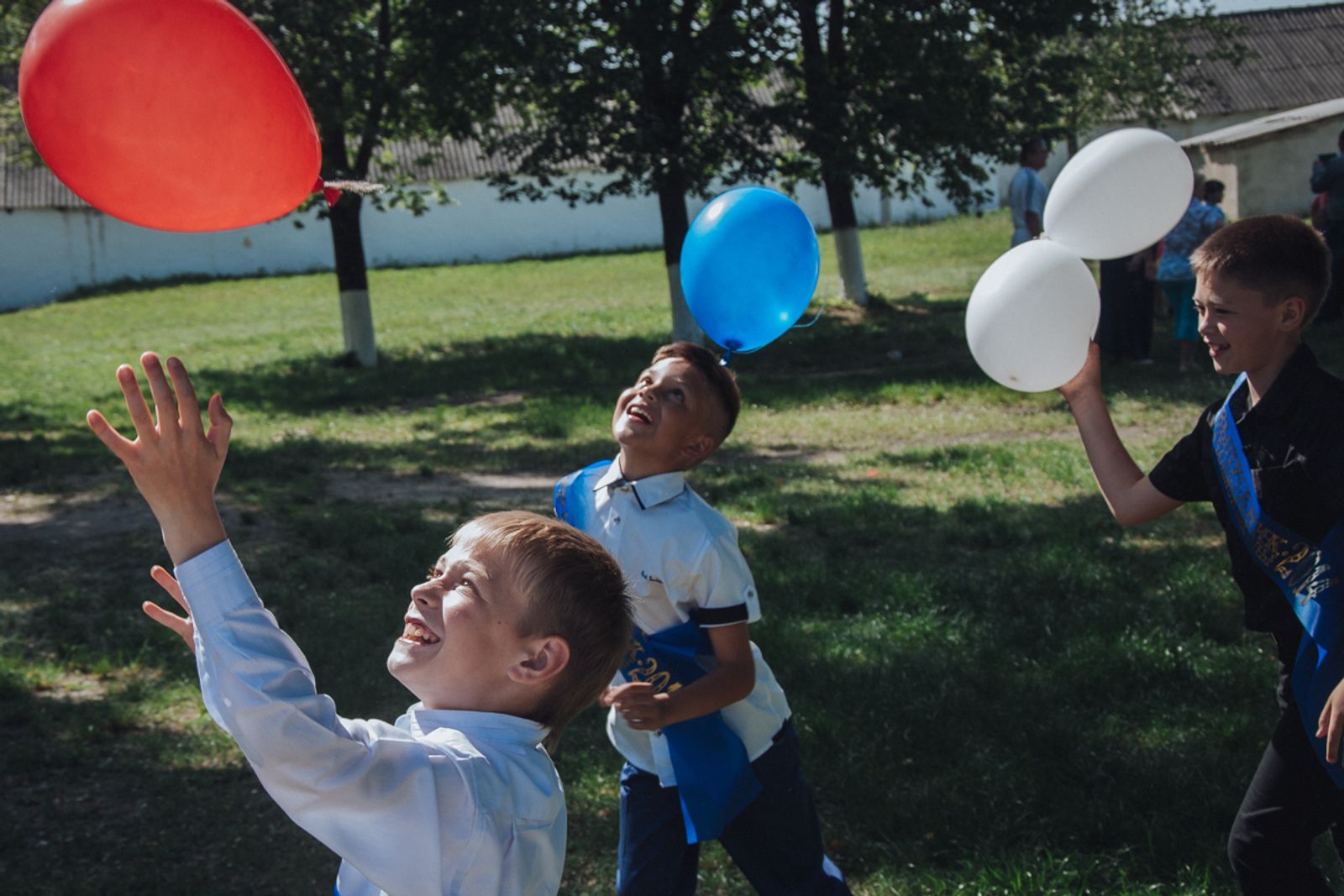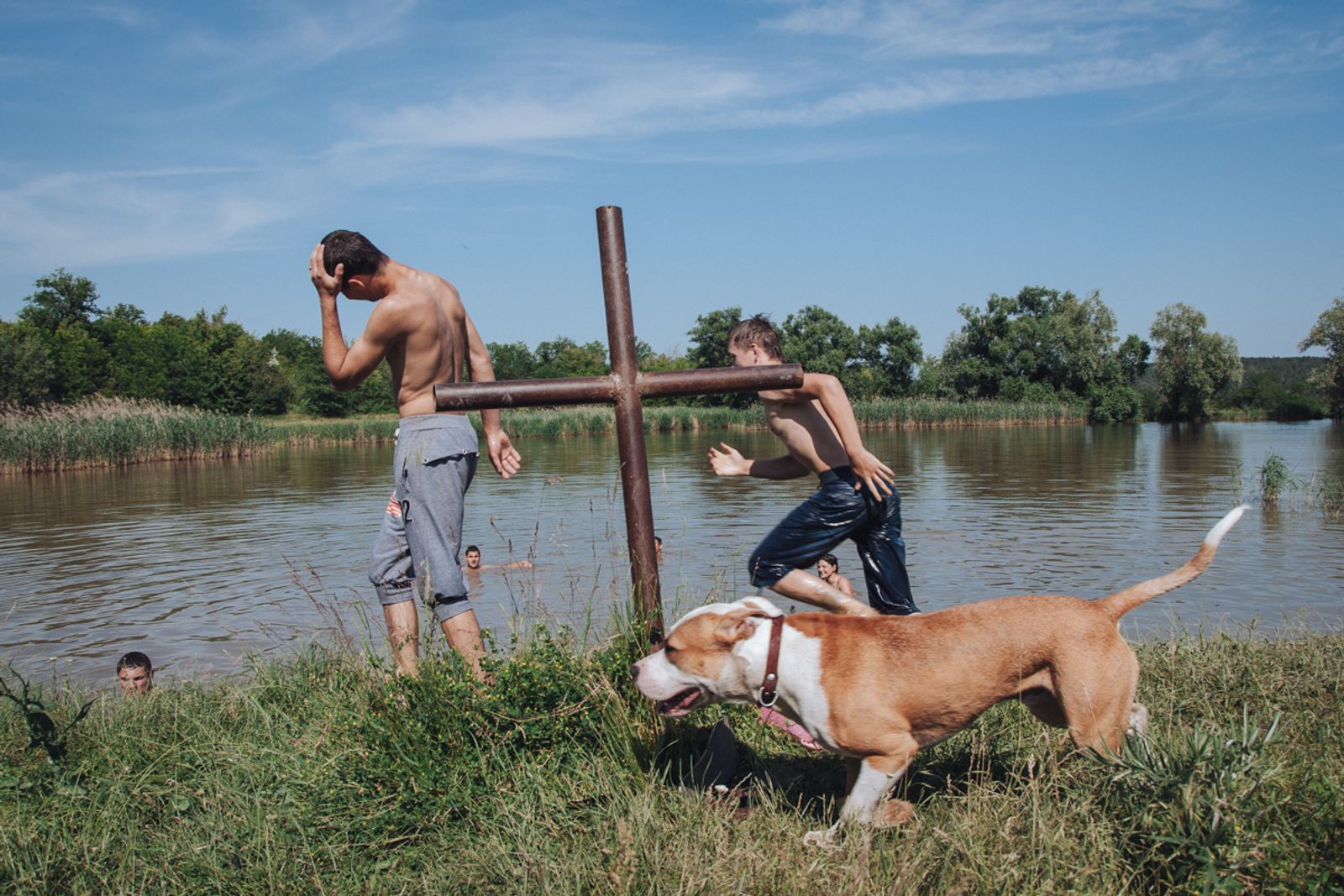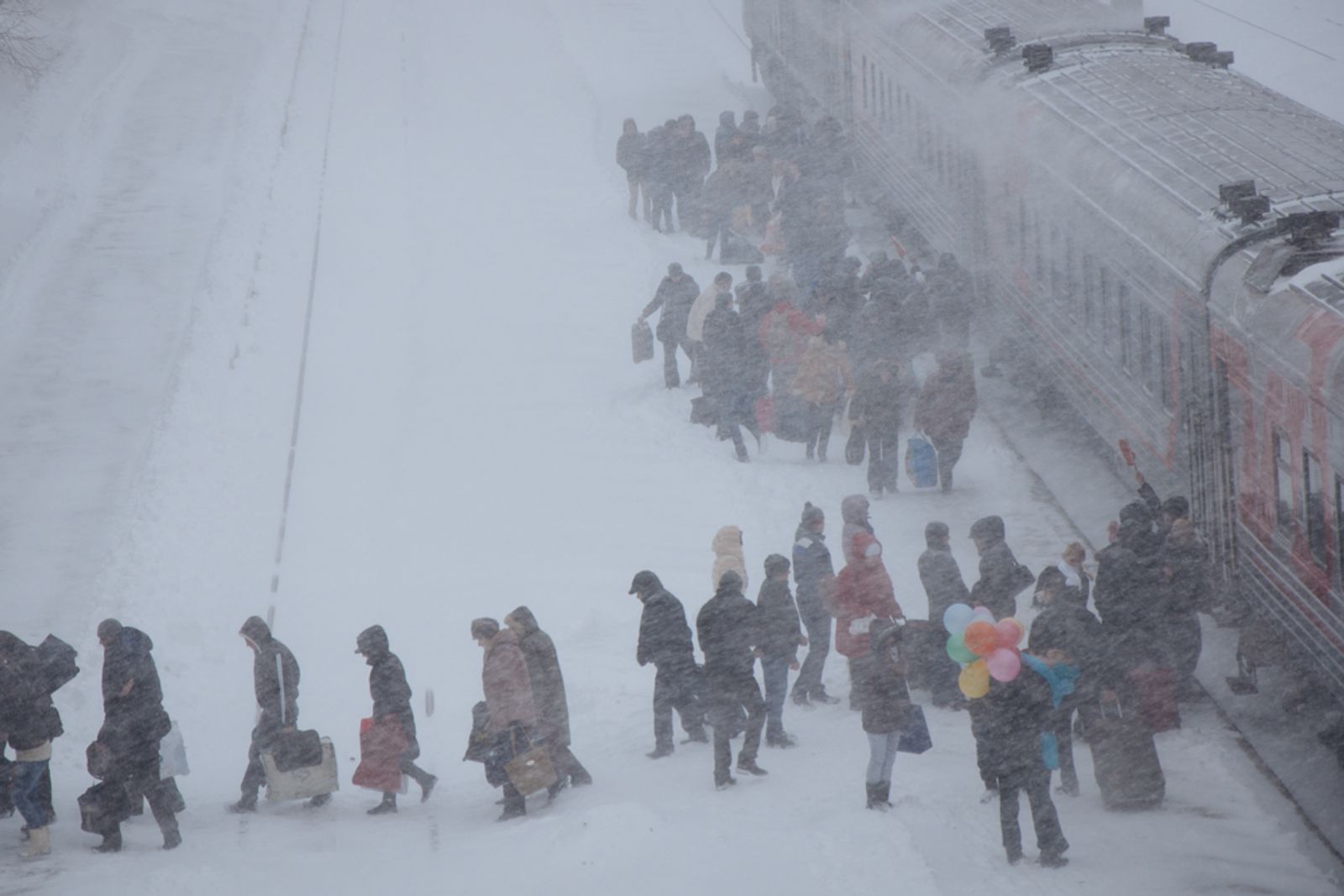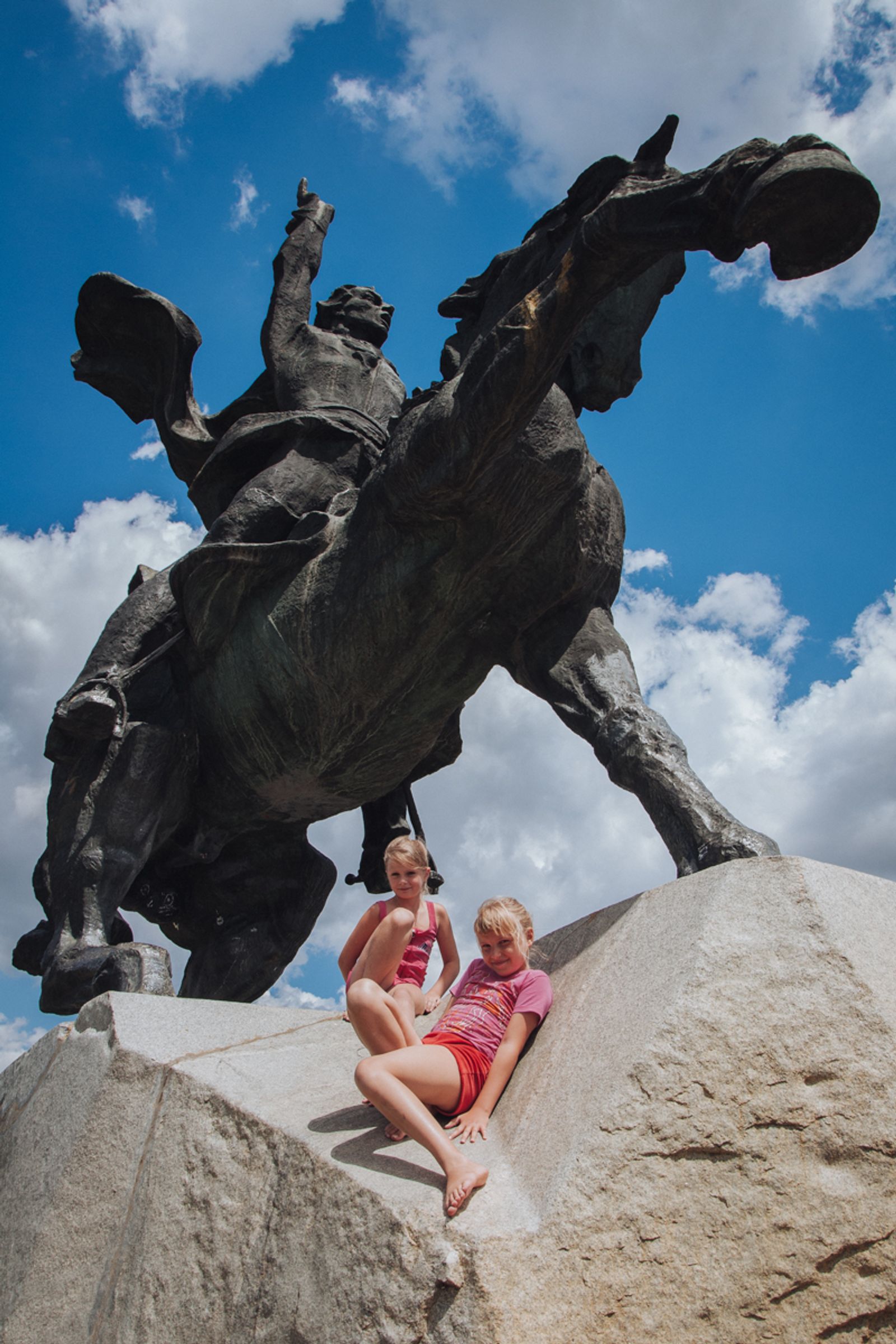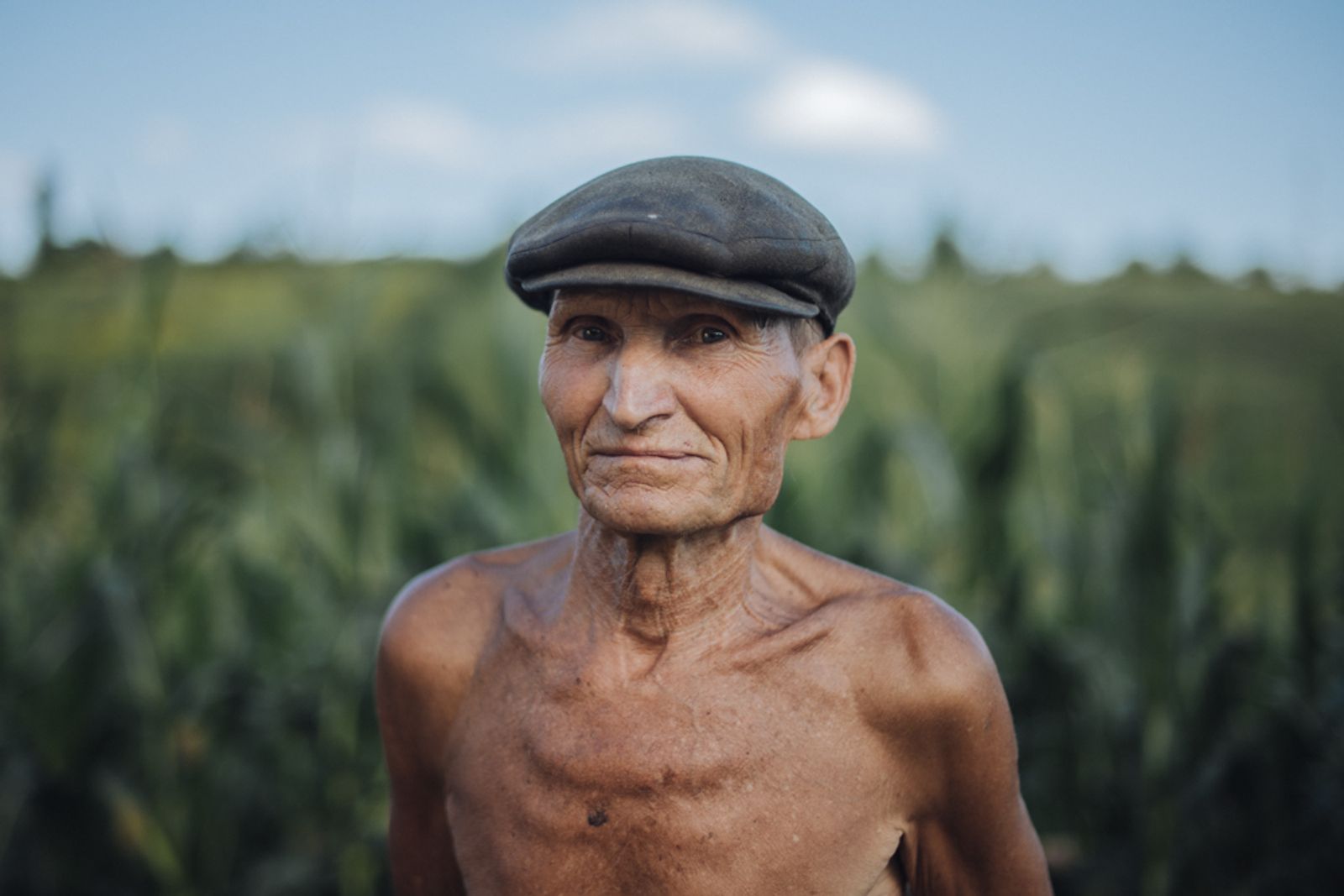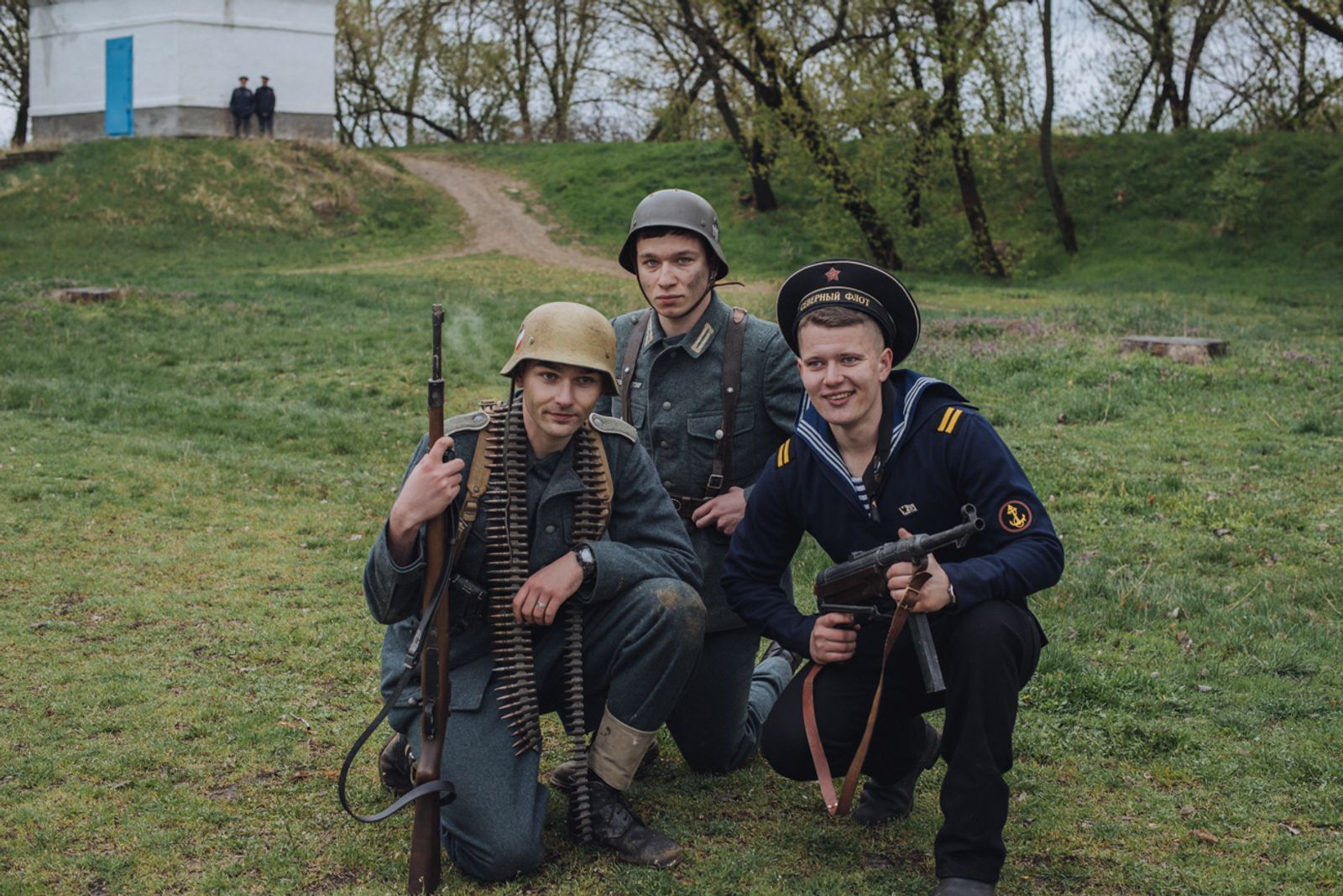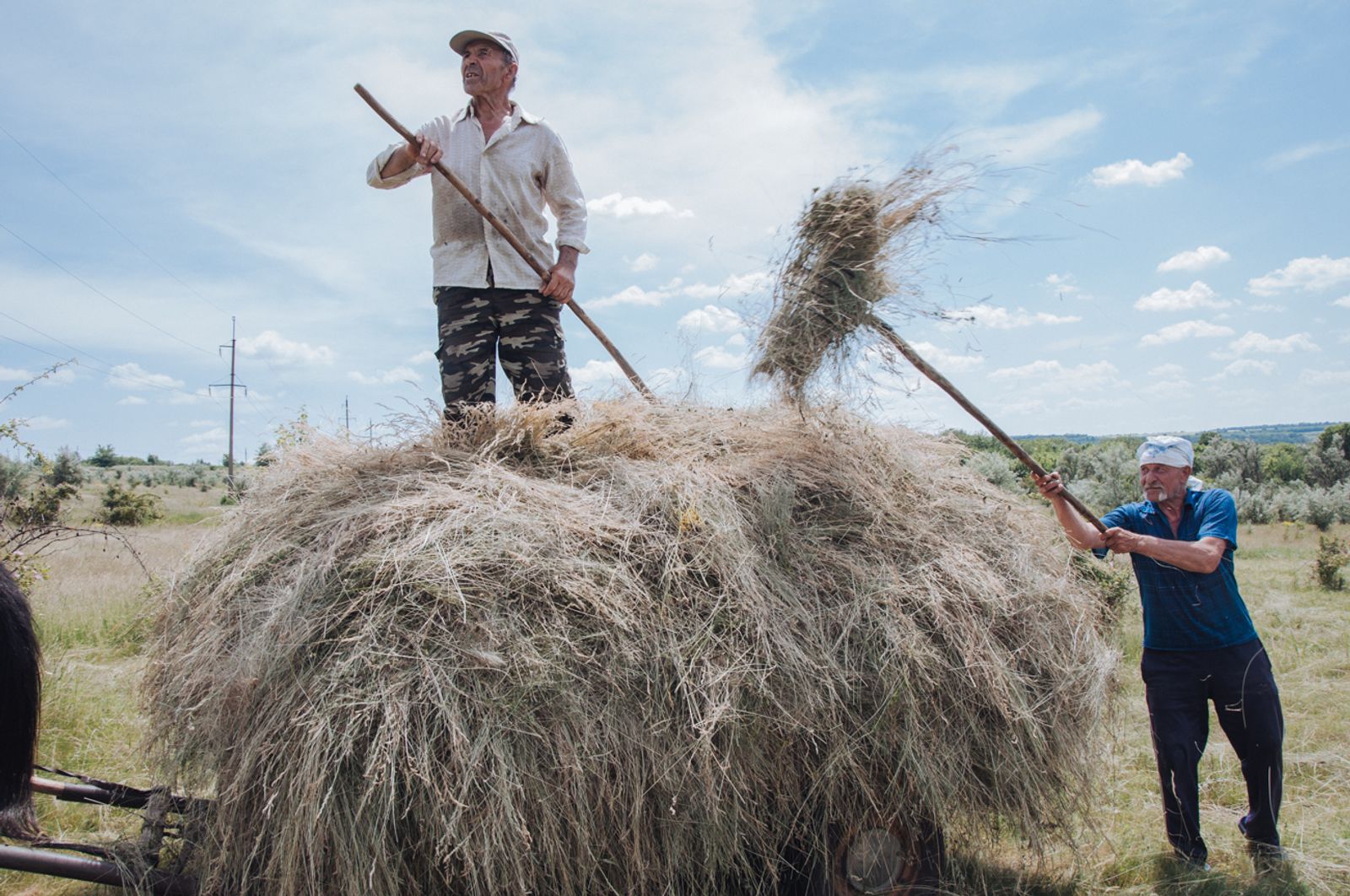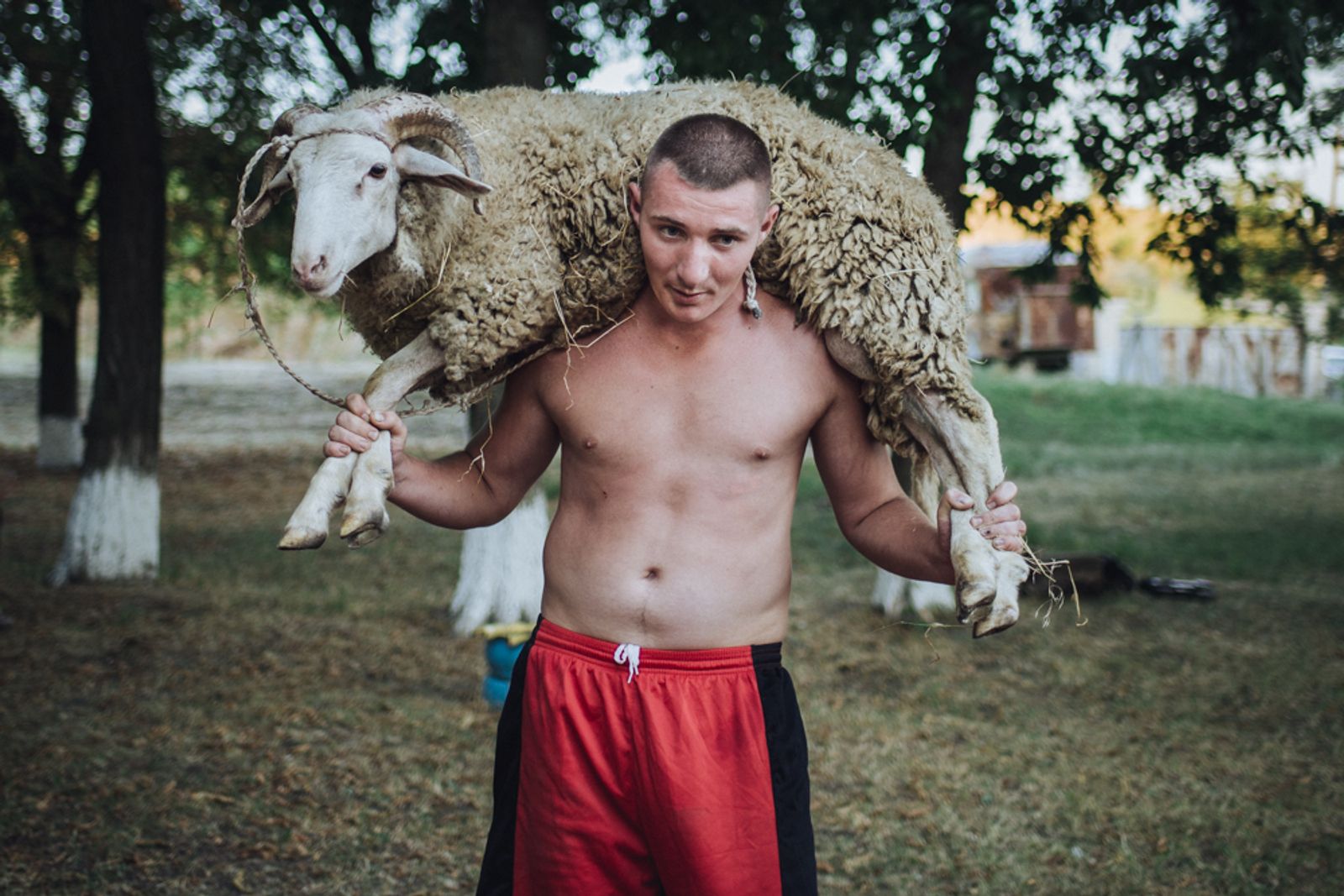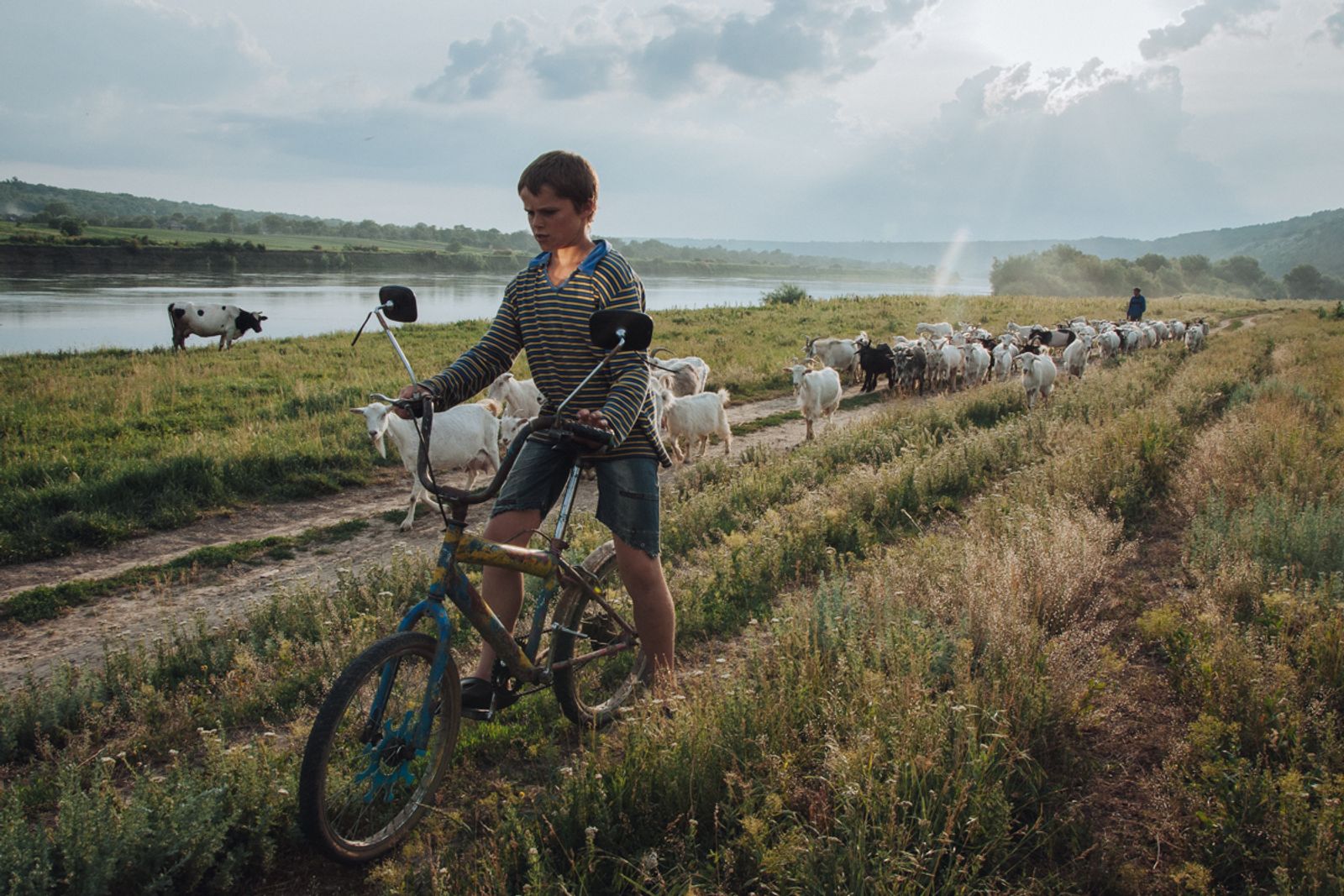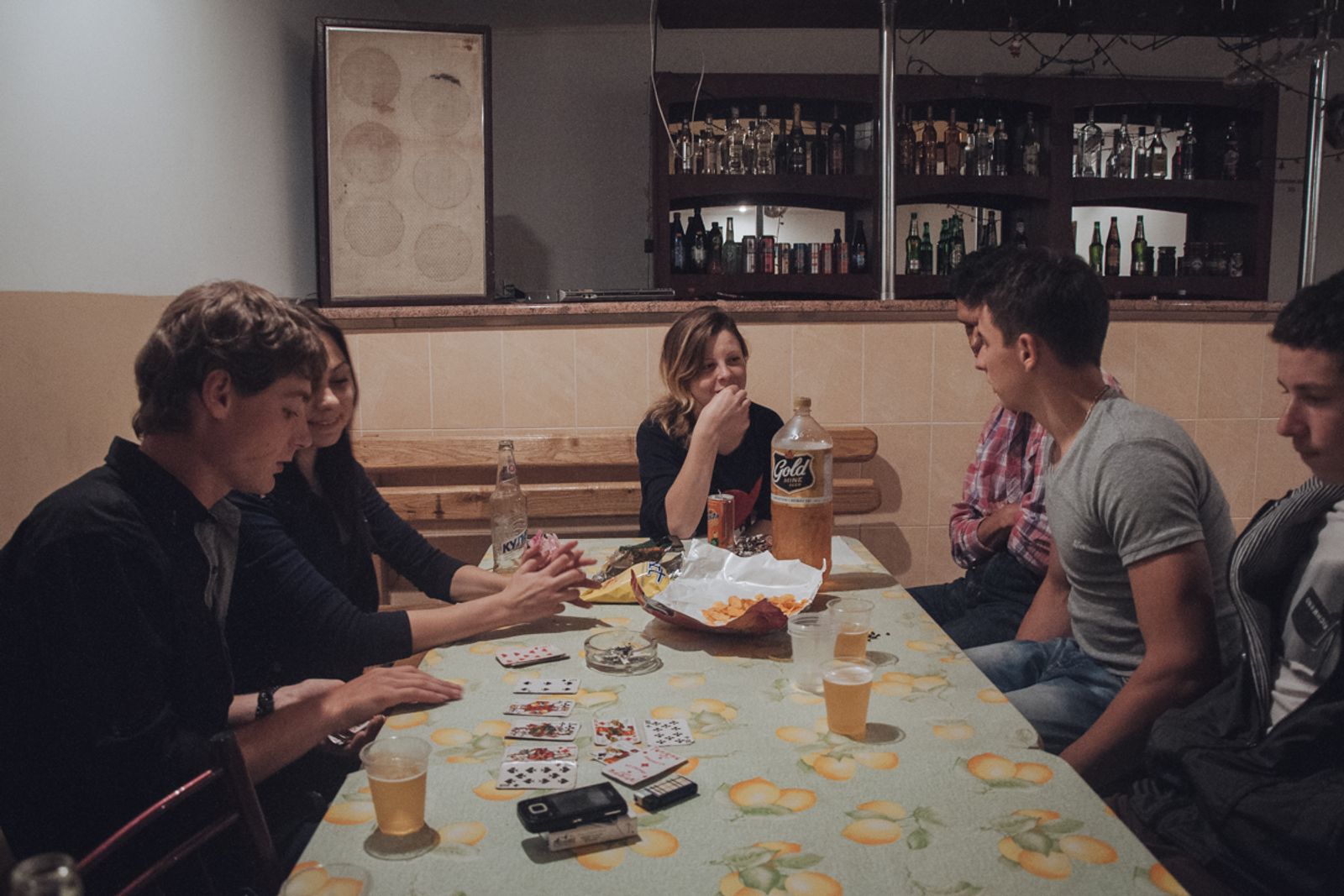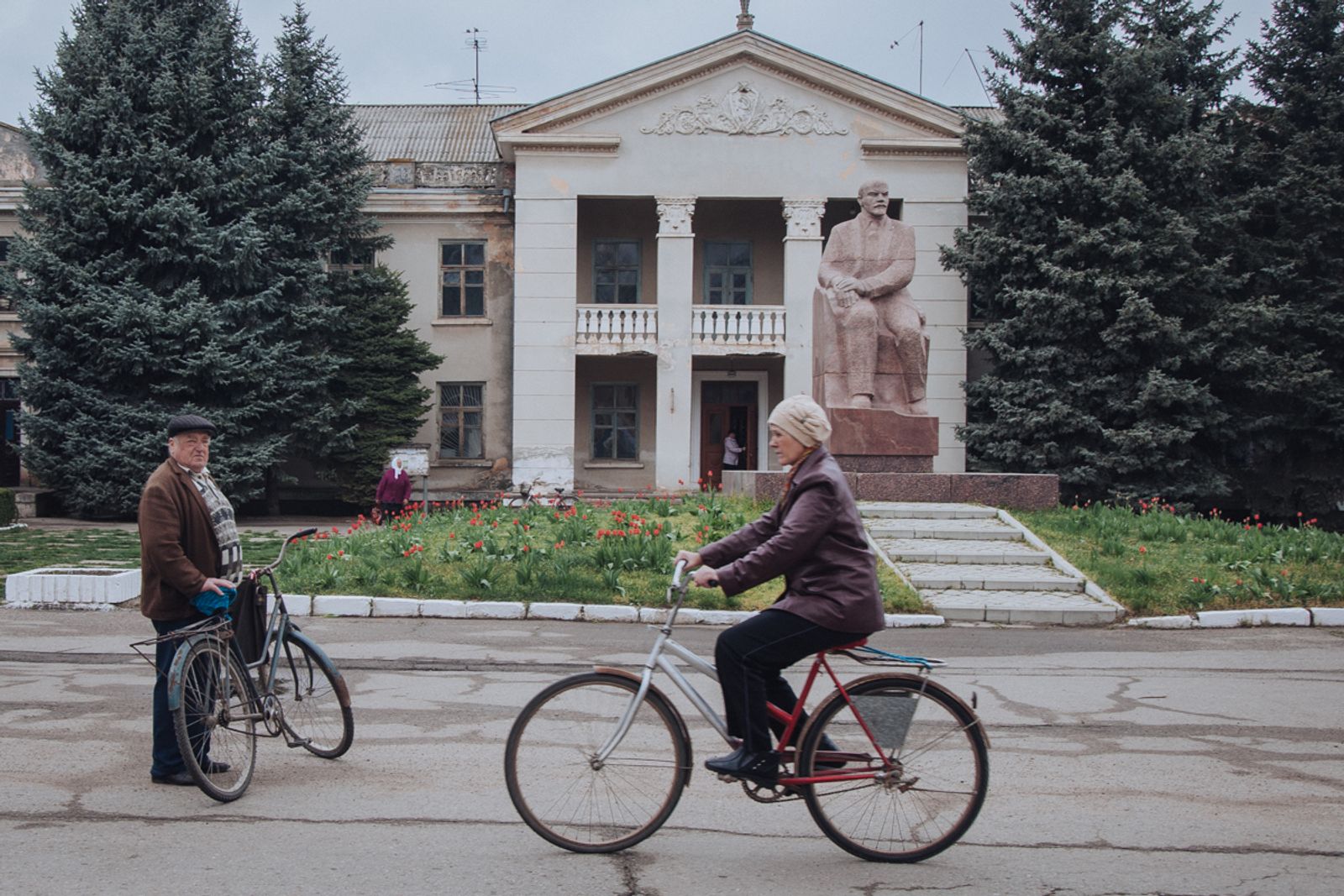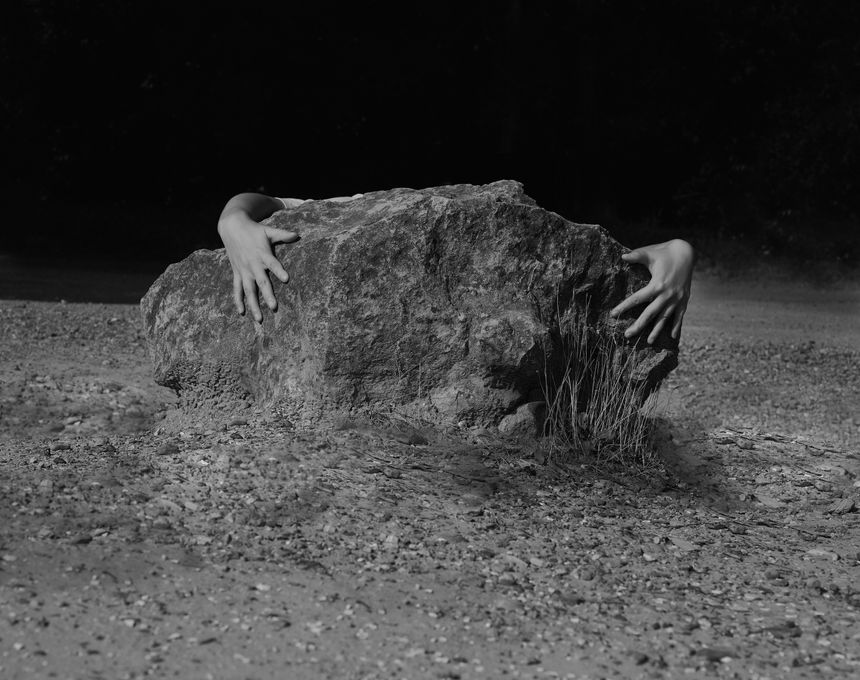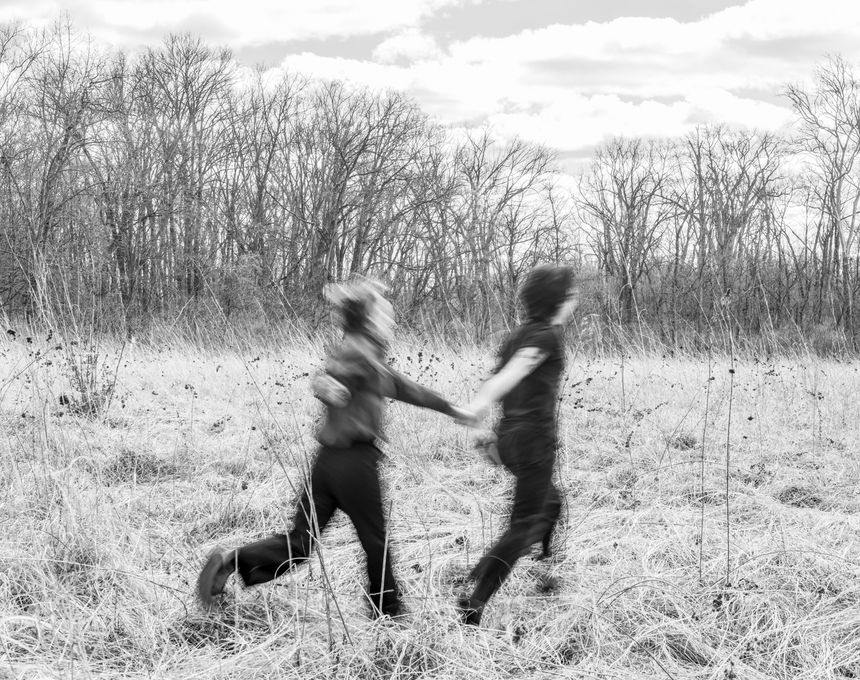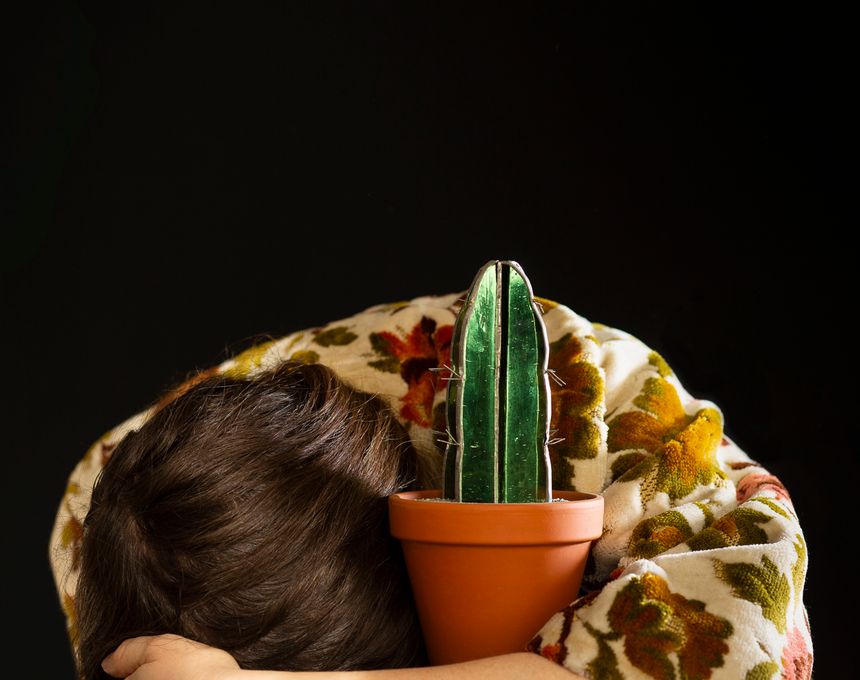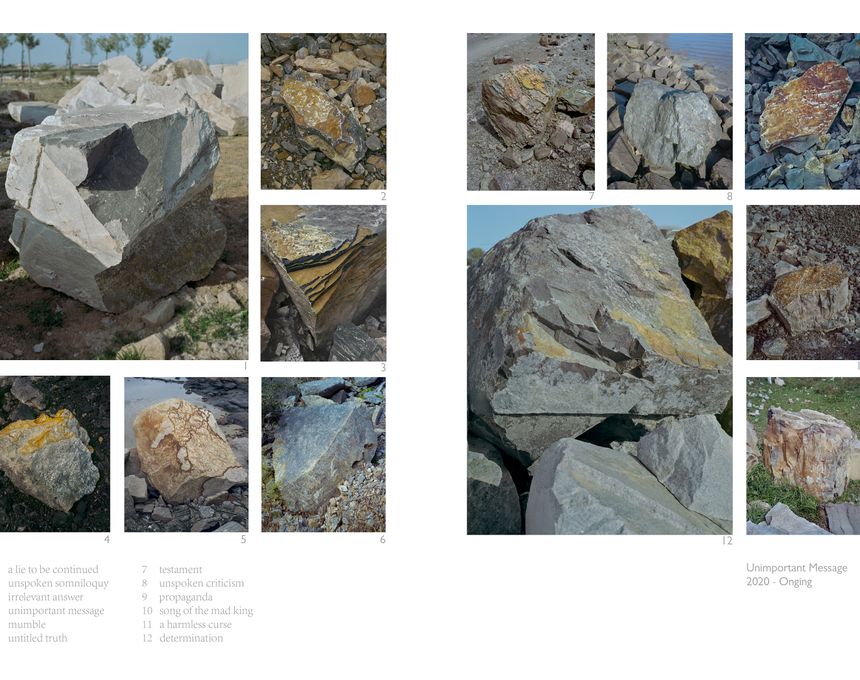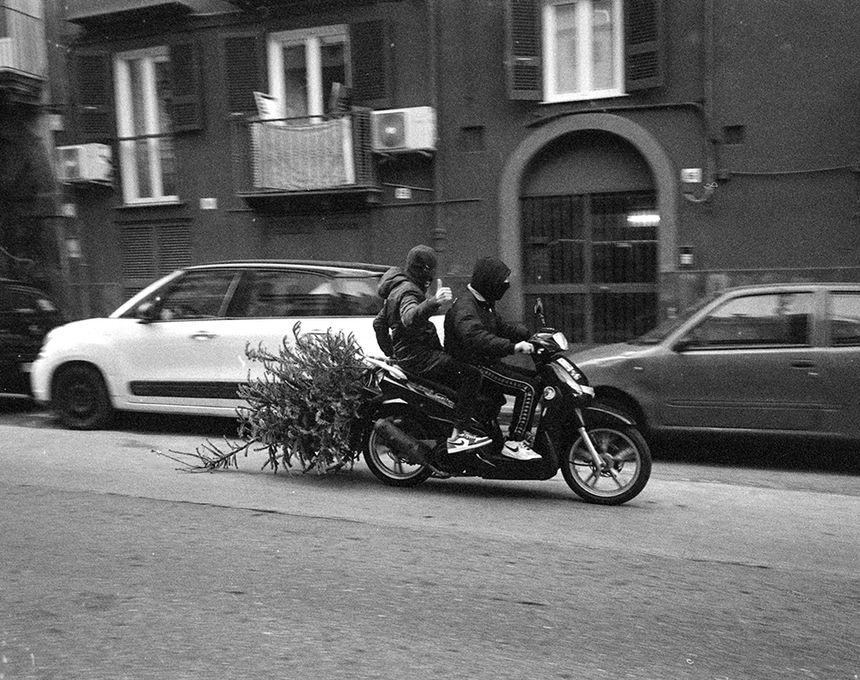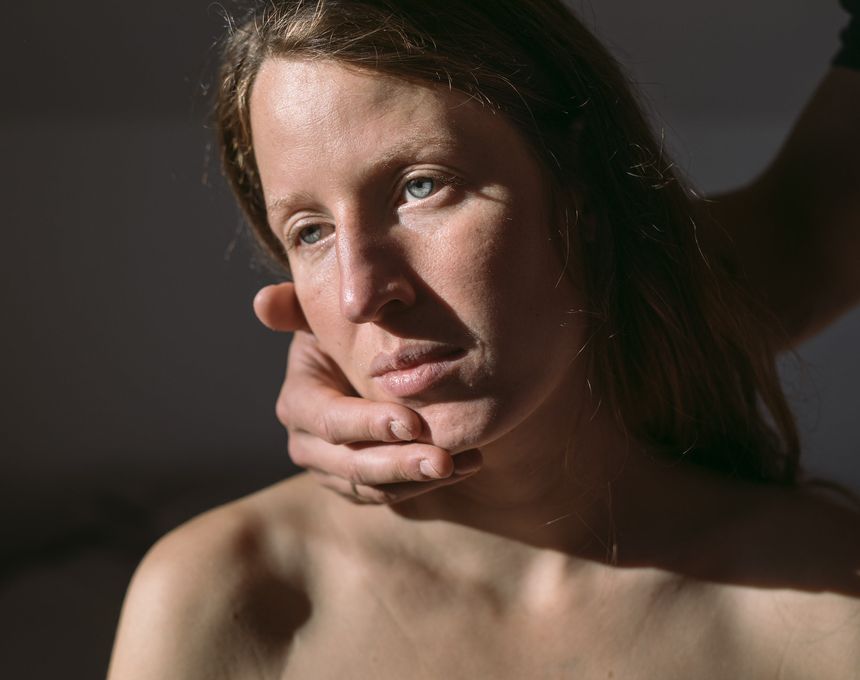TRANSNISTRIA CONGLOMERATE
-
Dates2012 - 2018
-
Author
- Topics Daily Life, Documentary
- Location Moldova, Moldova
In this story I tried to concentrate on people in their daily life — people of different generations, different epochs. For some of them it's a completely new country without its own past, for others it is a continuation of the country that was once called the Soviet Union.
As the Soviet Union broke up and Moldova became an independent state, the small section known as Transnistria, where Russian is the dominant language and pro-Russian sentiment prevails, sought to break away. In 1992, Moldova decided to regain Transnistria as an independent state and started a military conflict. The conflict was stopped by Russia, entering the region with their troops and engaging a peacemaking mission.
Despite its non-recognition, Transnistria is now a presidential republic. It has its legislative and executive authority, state border and army, its own constitution, flag, emblem and anthem. The citizens of Transnistria have their own currency and passports, although nowhere except in Transnistria are they not valid. For the past twenty-seven years, the people of Transnistria, a region spanning approximately 125 by 20 miles, have lived in a frozen state. During this time, a new generation was formed and I belong to it.
My story is built around the simple Transnistrians and their daily lives. These are people of different generations and epochs, residents of urban and rural areas. They belong to various nations and cultures. As Transnistria have always been a borderline region, it can be compared to “the melting pot”, where Russians, Moldovans, Ukrainians and dozens of other ethnic groups have lived together for several centuries, and nowadays form the community named “Transnistrians”. I wanted to show the real people hidden under the label of “the non-existent country”, that managed to adapt to the complicated political situation and to the life in country, recognized only by them.
